When you are doing homework for a bathroom renovation or new decoration, the question "Is an acrylic tub or a cast iron tub more durable?" is almost unavoidable. Both look mature and common, but there are significant differences in service life, surface hardness, scratch resistance, thermal insulation, maintenance cost, weight and installation requirements. This article will systematically break down the dimensions that "durability" encompasses in a way that consumers can understand, and combine it with actual usage scenarios to help you make a more informed choice.
1. First of all, let's figure out: What do you mean by "durable"?
Ø "Durability" is not a single indicator; it usually includes the following aspects:
Ø Structural strength: whether the bathtub body is easy to deform or crack.
Ø Surface wear and scratch resistance: whether there are noticeable scratches after daily cleaning or friction with metal objects.
Ø Chemical corrosion resistance: How is the resistance to common detergents or hard water?
Ø Heat resistance and thermal insulation ability: how is the thermal insulation performance after hot water is injected, and whether it is easy to be damaged due to temperature differences?
Ø Repairability: Can scratches, paint peeling, and edge collapse be restored through renovation or repainting?
Ø Long-term maintenance cost: Can it still maintain a good appearance and performance after 10 or 15 years of use? How complicated and expensive is the renovation?
Ø Installation and structural impact: Does the weight put pressure on the ground load-bearing, handling, and construction?
2. Acrylic bathtub: light, good shape, and easy to maintain, but the surface wear resistance is limited
1) Advantages:
Lightweight: Friendly to handling and installation, especially suitable for upstairs or older house renovations.
Rich shapes: Acrylic sheets are highly plastic, and designs such as independent, special curves, and double backrests are easier to achieve.
Gentle touch and sound thermal insulation: Low thermal conductivity, not cold to the touch in winter, and the water temperature drops relatively slowly.
Easy to repair: Minor scratches and discolourations can be easily repaired by polishing, glue repair, and paint touch-ups, with low costs.
2)Shortcomings:
The surface hardness is lower than that of cast iron enamel, and improper cleaning (such as using steel wool) will leave scratches.
Durability depends on the thickness of the board and the glass fibre reinforcement layer process. Low-cost products tend to become thinner and softer, and may be slightly deformed after long-term use.
Strong acids and alkali cleaners easily damage the surface gloss.
3)Suitable for people/scenes:
People who like lightweight installation, moderate budget, and want a variety of shapes.
People who do not want to bear the structural reinforcement and transportation difficulties.
People who use it regularly and are willing to clean it gently and make minor repairs regularly.

3. Cast iron bathtub: hard-core durability, scratch resistance and pressure resistance, but heavy, expensive, and complex renovation
1) Advantages:
Extreme structural stability and pressure bearing capacity: almost no deformation;
The enamel layer has high hardness, scratch resistance, and chemical corrosion resistance.
Long service life: stable performance of more than 20 years is common.
Sound thermal insulation (mainly depends on the amount of water and the thick body), and the surface is also quite "solid and textured".
2) Disadvantages:
Very heavy: difficult to carry, high installation cost, and in many cases, it is necessary to confirm the load-bearing capacity of the floor.
Once a large area of the surface is peeling or the edge is broken, it isn't easy to repair, and the renovation cost is high (and the effect is still different from the original enamel).
The shape selection is relatively limited. Although there are independent styles, the overall design changes are not as flexible as acrylic.
The price is usually higher, especially after labour and transportation are added.
3) Suitable people/scenes:
Users who have extremely high requirements for "stable and durable" and hope to "get it in place once and use it for a long time";
Prefer heavy, tough, classic style bathtub texture;
Users who have the necessary installation conditions (load-bearing, handling, and construction space) and a sufficient budget.
4. Quick overview of core differences
The following table focuses on the core indicators related to "durability" for quick comparison.
|
Aspect |
Acrylic Bathtub |
Cast Iron Bathtub |
|
Structural Strength |
Moderate (depends on thickness and reinforcement) |
Very high, almost no deformation |
|
Scratch Resistance |
Fair, requires gentle cleaning |
Excellent, due to durable enamel coating |
|
Chemical Resistance |
Moderate, vulnerable to strong acids/alkalis |
High, resists most cleaning agents |
|
Heat Retention |
Good (feels warm to touch) |
Good to Excellent (due to thick body) |
|
Repairability |
Easy to repair minor damage |
Hard to refinish, high cost for large repairs |
|
Weight & Installation |
Lightweight, easy to move and install |
Very heavy, may require structural support |
|
Price Range |
Moderate |
High |
|
Design Flexibility |
Very high, versatile shapes and sizes available |
Limited, classic styles mostly |
5. In real use, which one is "more durable"?
If you emphasise "hardness, scratch resistance, and stable structure", - cast iron is better, mainly when used frequently and with high requirements for detergent friendliness.
Suppose you emphasise "easy to repair, easy to install, and comfortable to use". In that case, acrylic is more cost-effective, especially for families with limited renovation budgets and limited floor load-bearing capacity.
To put it another way:
Cast iron bathtubs are more like "a heavy classic car": durable, stable, and thick, but maintenance and replacement are not easy.
Acrylic bathtubs are more like "lightweight, easy to use, and repairable small steel cannons": there are no problems in daily life, and minor injuries are easily dealt with.
6. "Key durability issues" that you must confirm when purchasing
Acrylic thickness and reinforcement layer: Is there a multi-layer glass fibre reinforcement? Is the thickness up to standard?
Cast iron enamel process: Is the enamel thickness uniform? Is there a risk of weak edges and pinholes?
Warranty coverage: especially the warranty period and coverage of the surface layer.
Floor load and transportation path (very important for cast iron): Does it need reinforcement? Can it enter the door?
Surface maintenance suggestions: Are there clear restrictions on the use of detergents?
Renovation possibilities and costs: Can the surface be repaired economically after long-term use?
The actual amount of water discharged matches the capacity of the water heater: The reliability of the user experience will also affect your "subjective evaluation" of durability.
7. Maintenance suggestions: Make durability more "durable"
Acrylic bathtub
Use neutral or mild detergents, and avoid using stiff brushes and steel wool.
If there are minor scratches, you can ask professionals to polish and repair them.
Avoid high-temperature water directly impacting the same position (although it will not cause damage, thermal fatigue will affect the surface gloss over the years).
Cast iron bathtub
Avoid heavy objects hitting the edge to prevent enamel from breaking.
Use non-abrasive detergents to prevent long-term friction and wear on the enamel surface, maintaining its gloss.
Once a large area of porcelain is peeled off, you need to find a professional to renovate it, and the effect is still different from the original enamel.
8. The final choice logic: not just "durable", but "suitable for you"
If you pursue extreme durability, like heavy texture, and don't mind weight and price:
→ Cast iron is indeed a stronger option in long-term use.
If you focus on convenient installation, flexible shape, controllable price, and later maintenance and repair:
→ Acrylic has a more balanced, comprehensive experience and is easier to "adapt" to realistic construction and usage scenarios.
"Durability" is not an absolute value, but rather a realistic choice that is composed of various factors, including usage behaviour, cleaning method, installation conditions, budget, water heater capacity, ground load-bearing capacity, and future maintenance strategies. Choosing the right material is rational at the outset; selecting the right one for yourself brings long-term comfort and satisfaction.

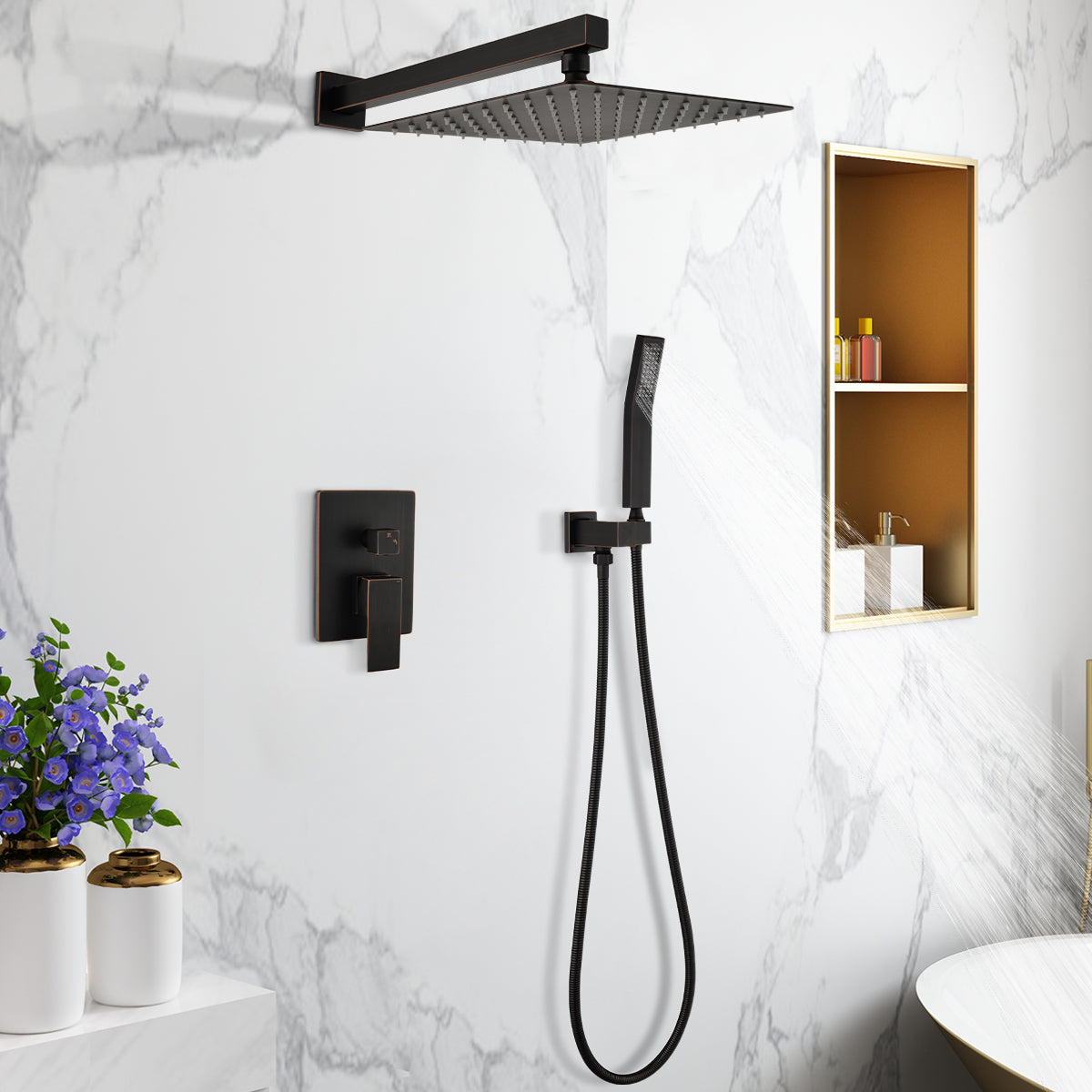
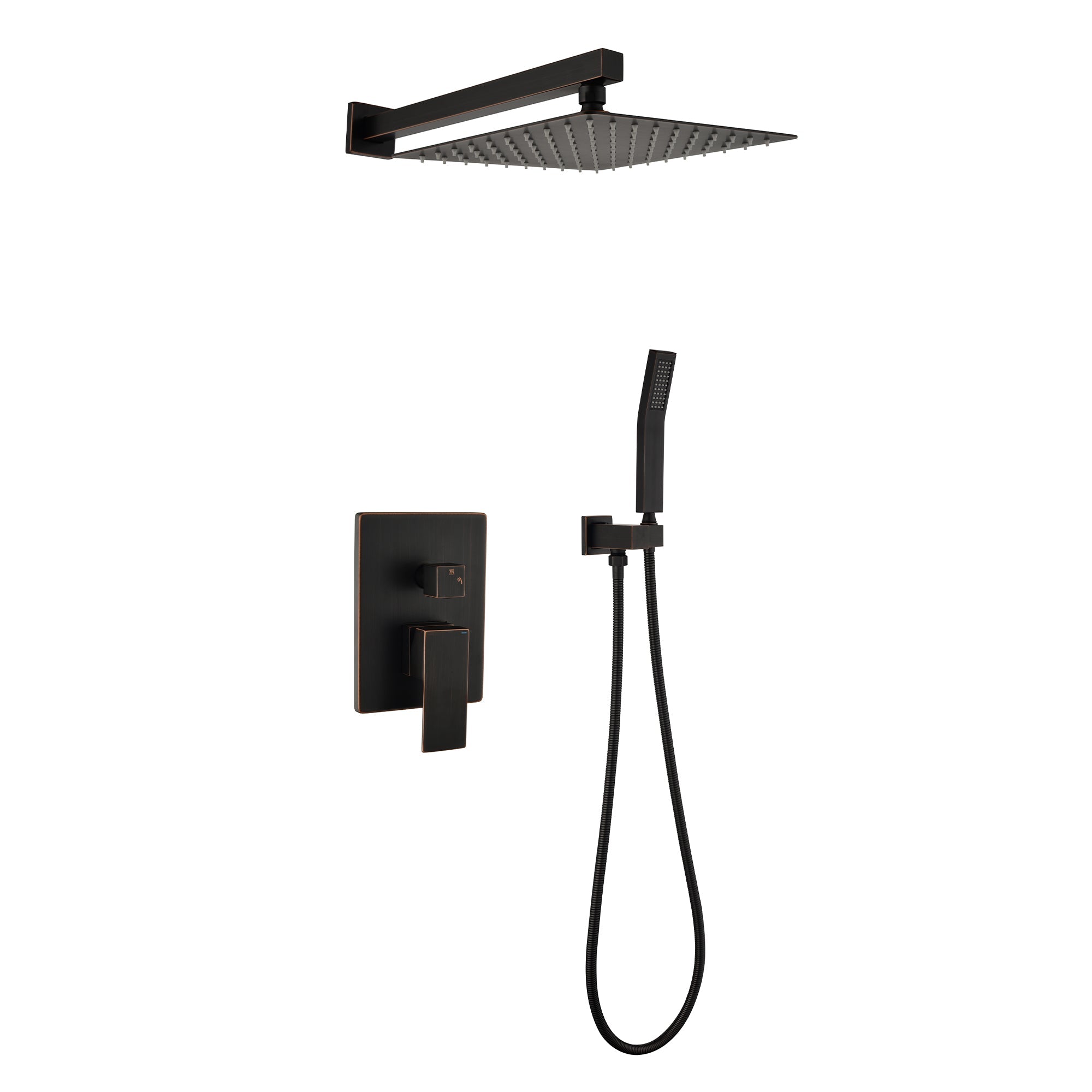


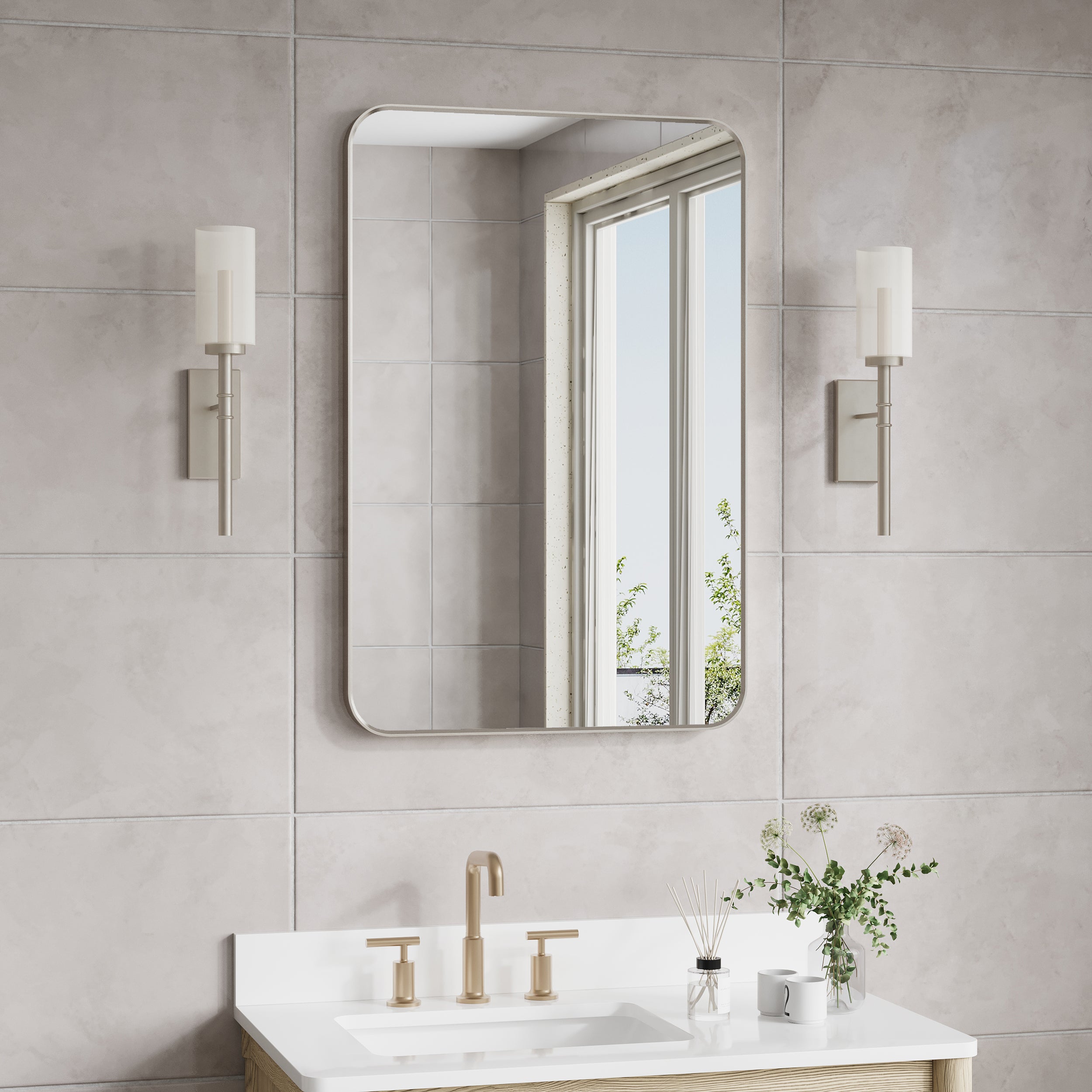
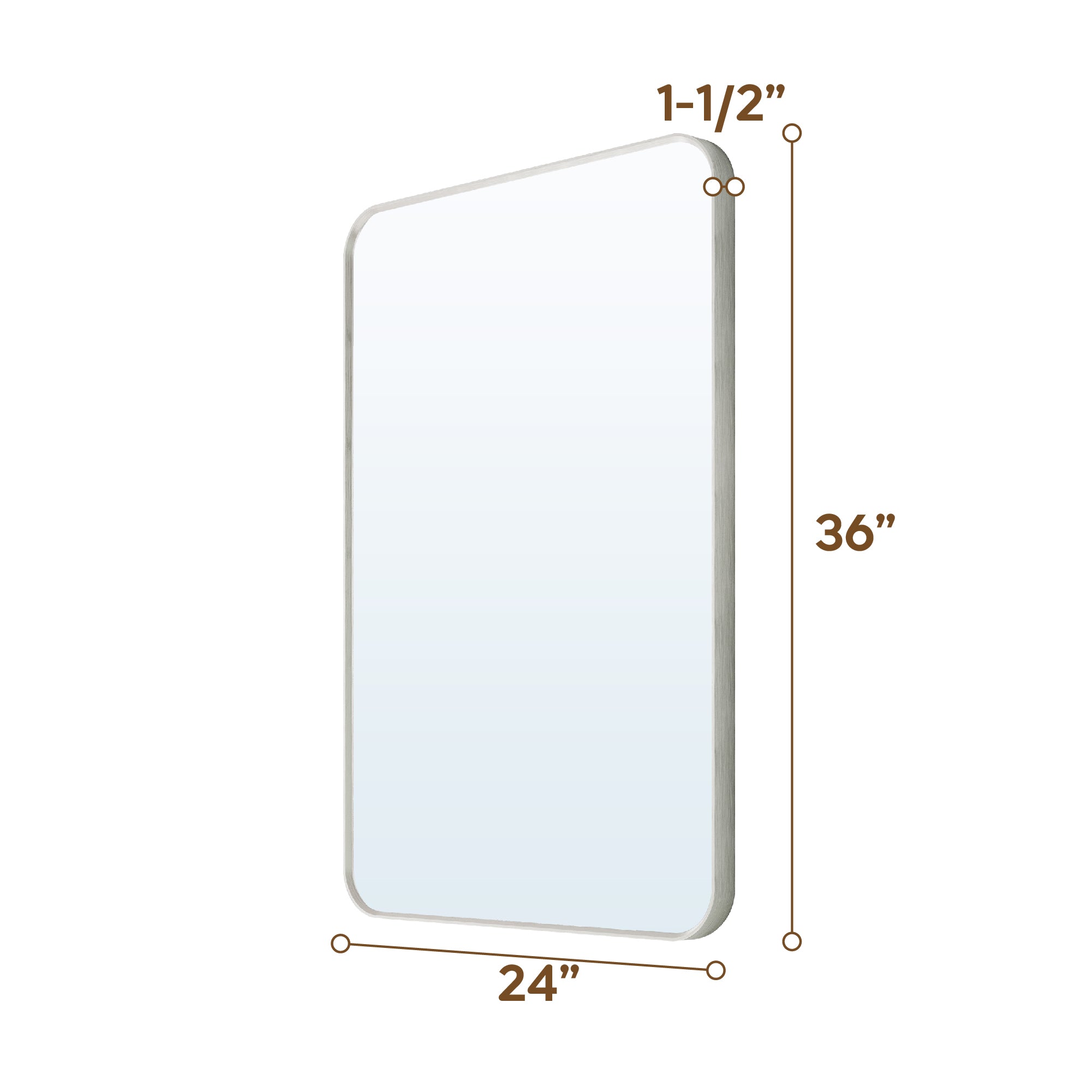

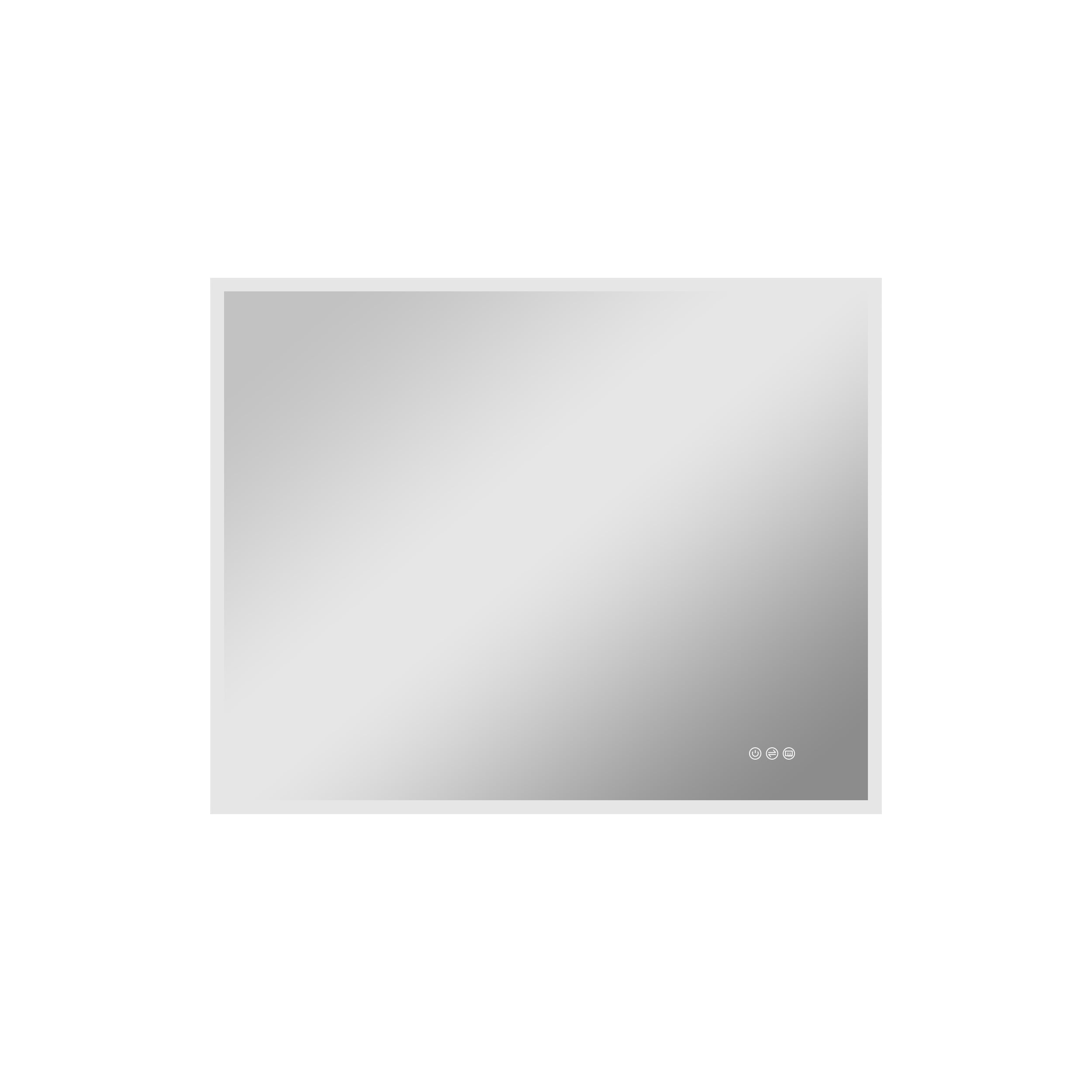
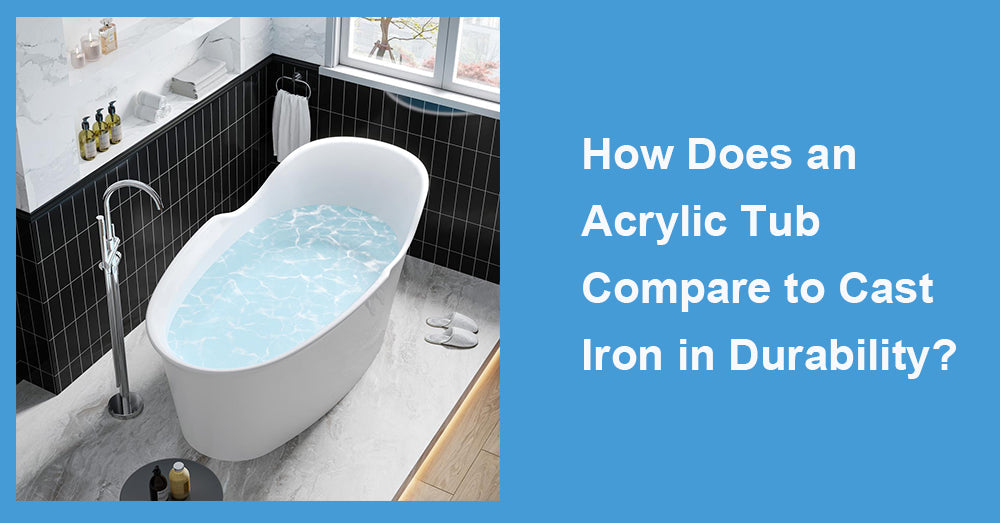
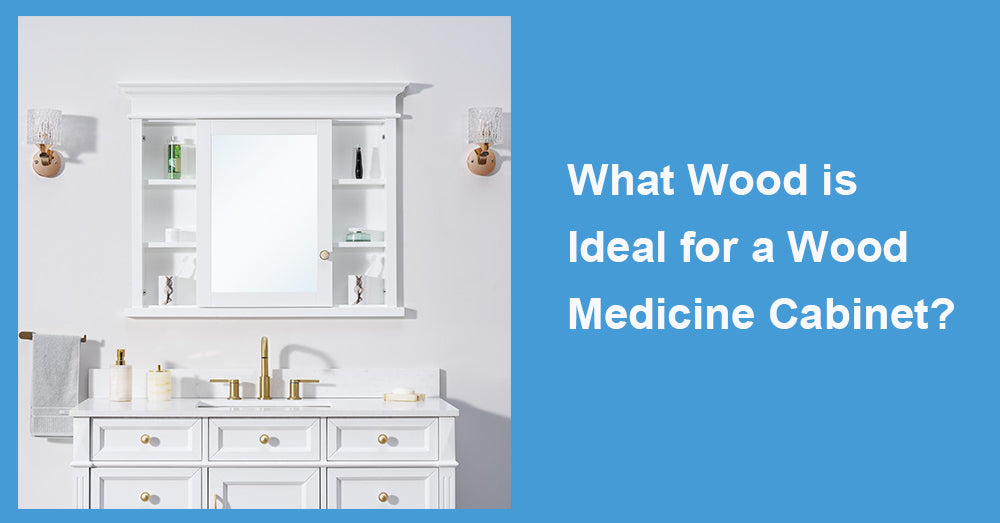
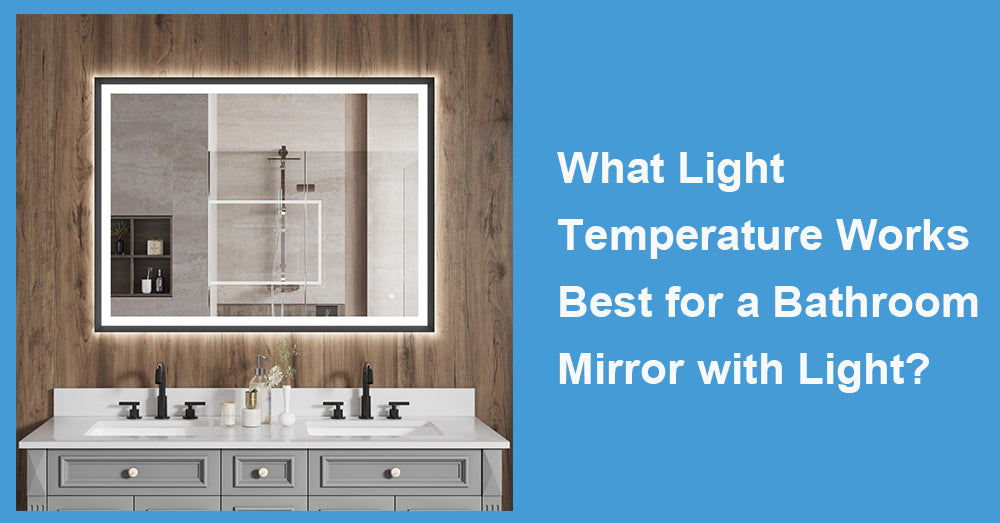
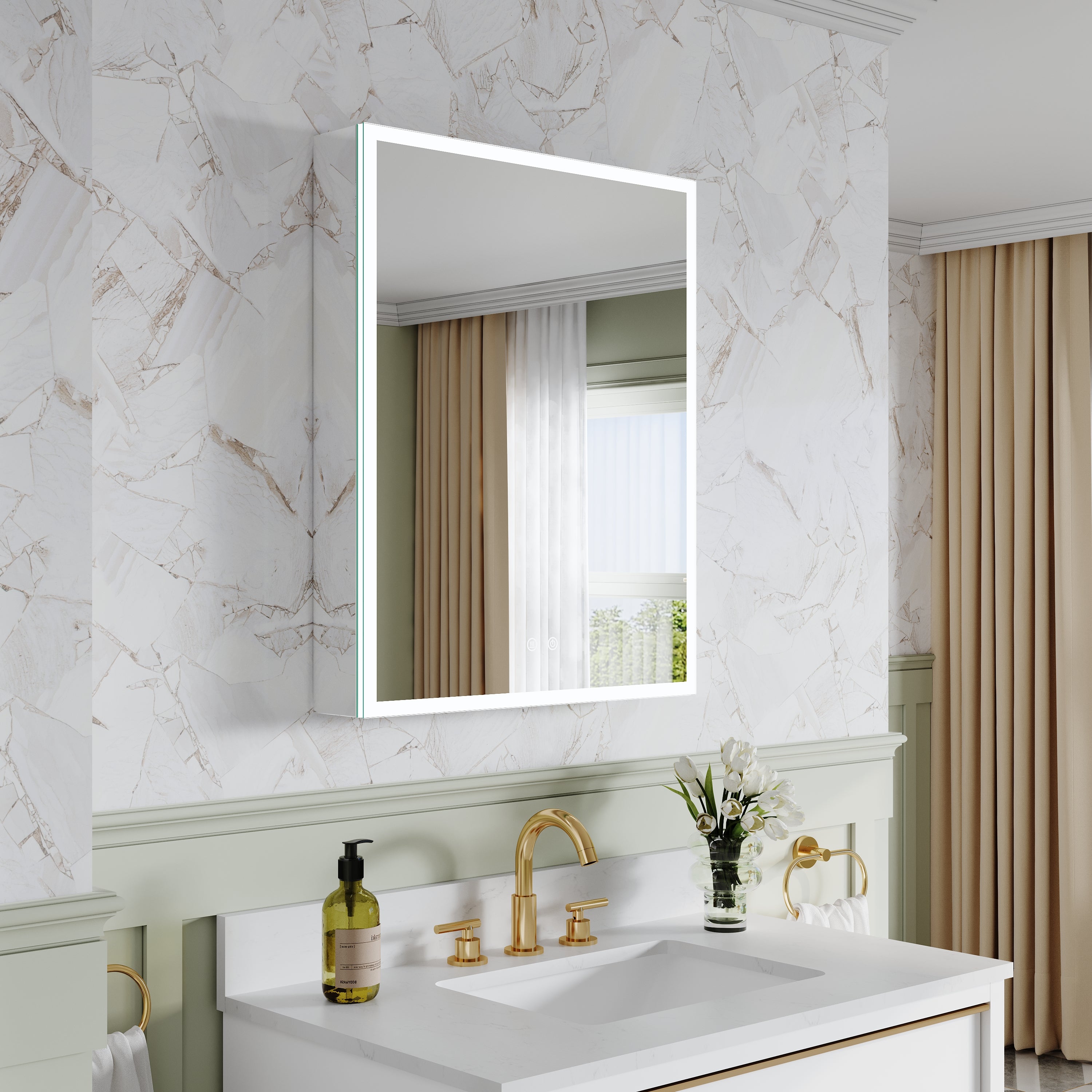
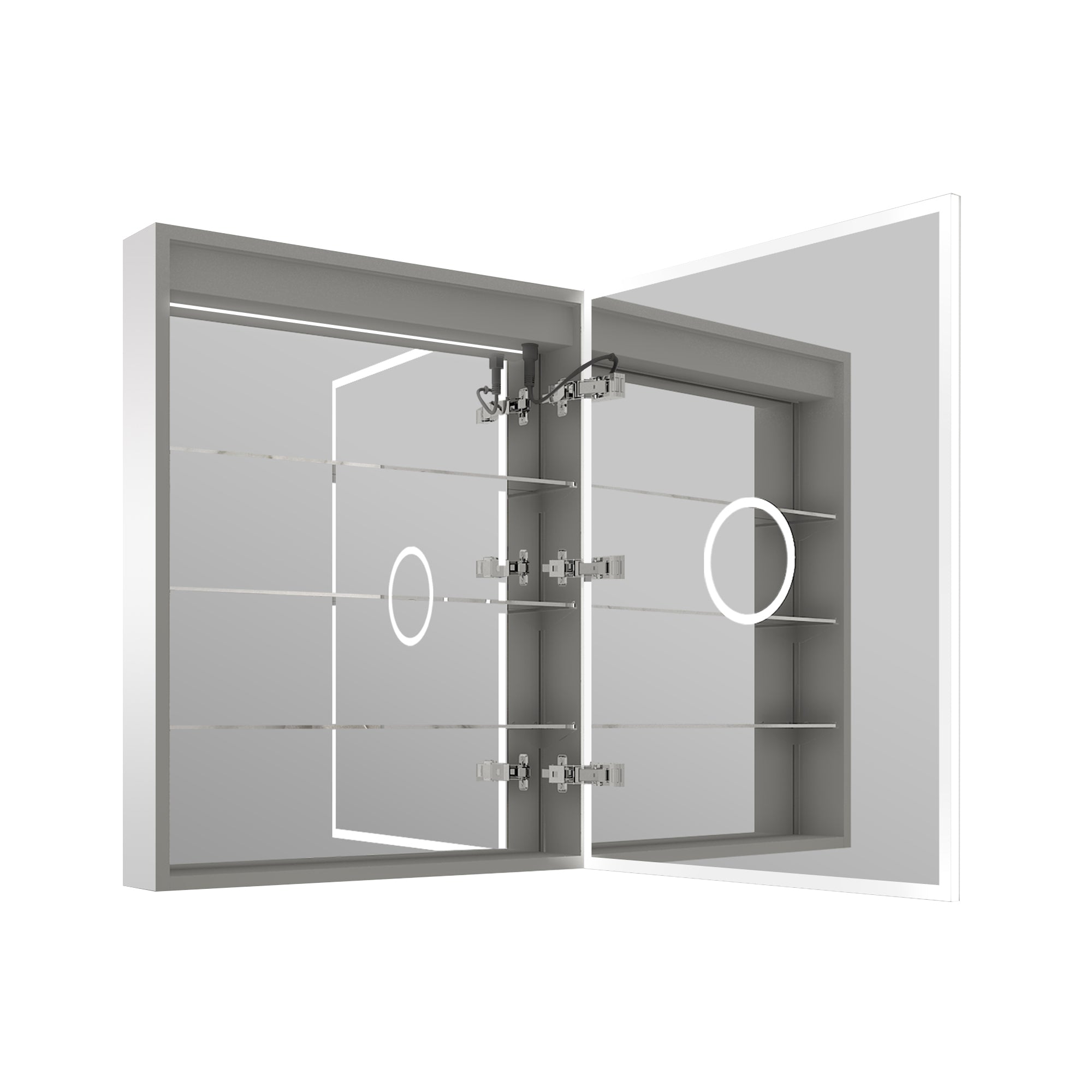
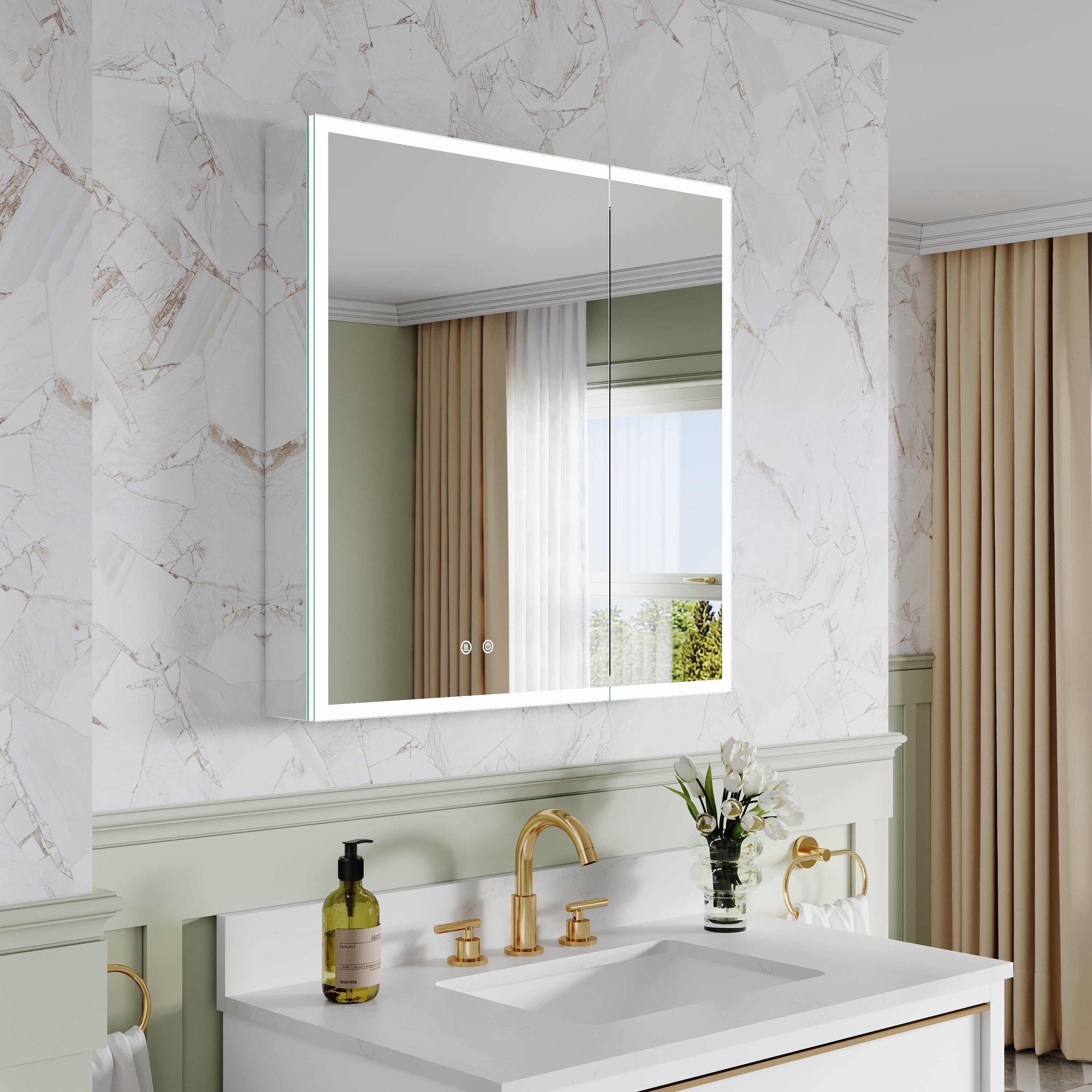
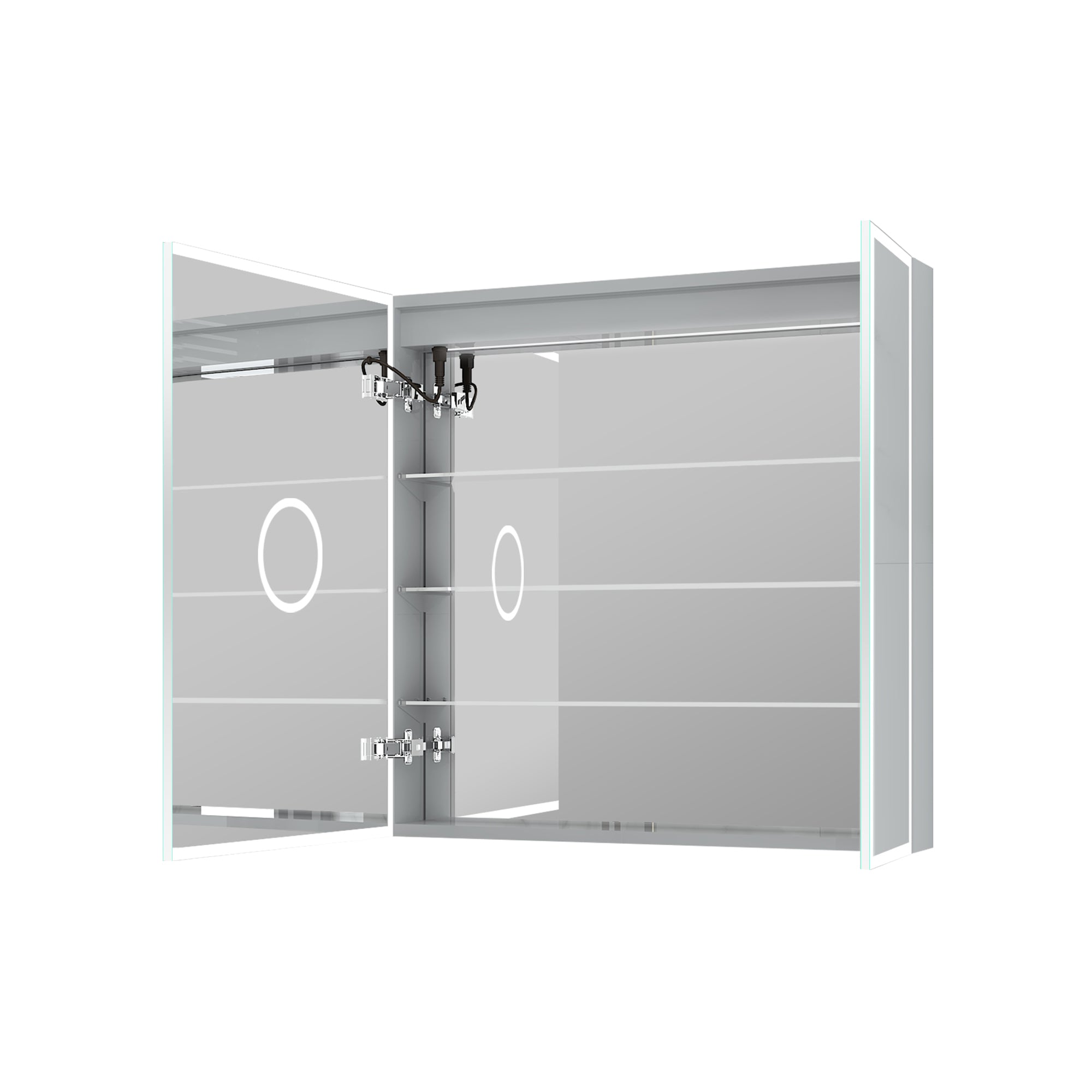
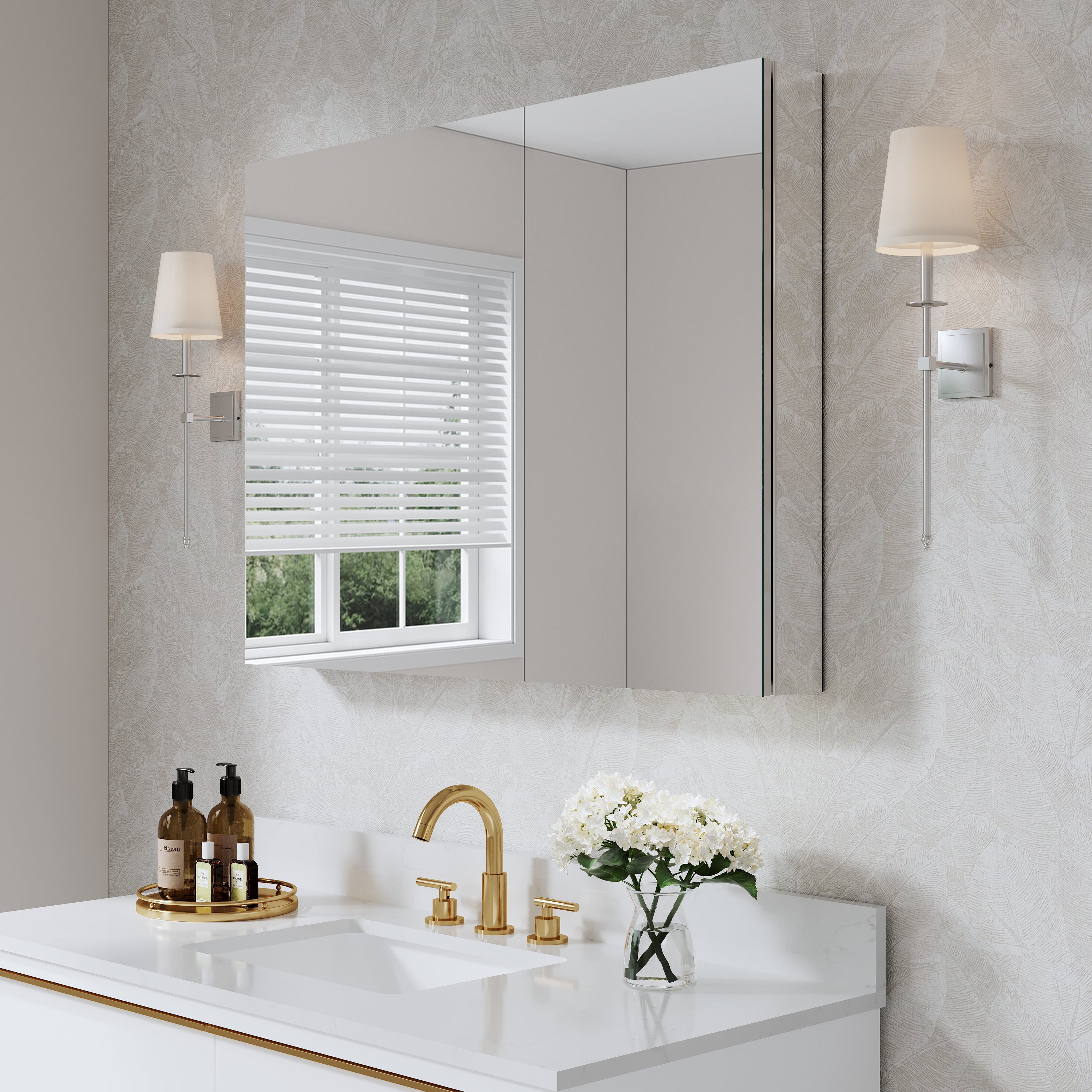

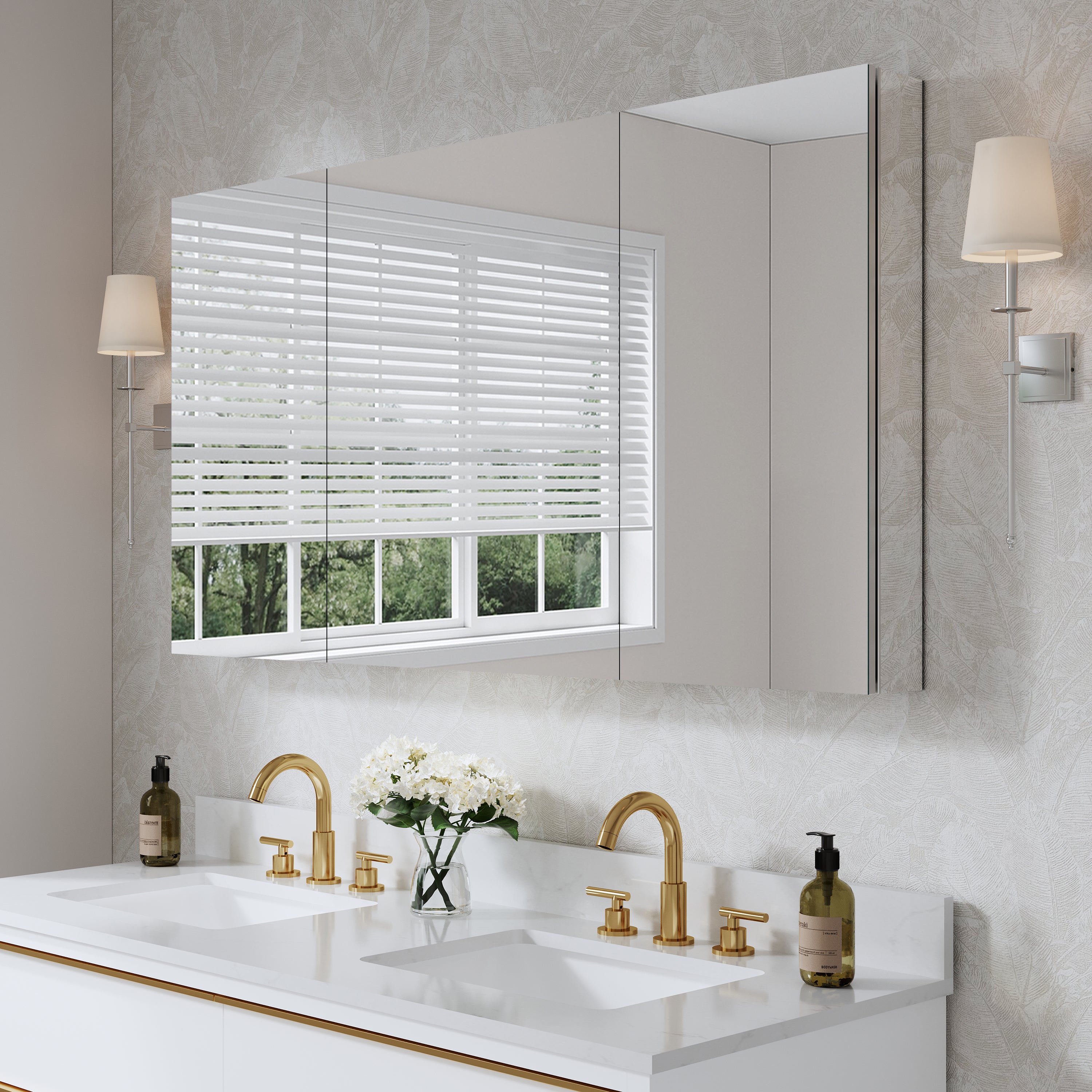

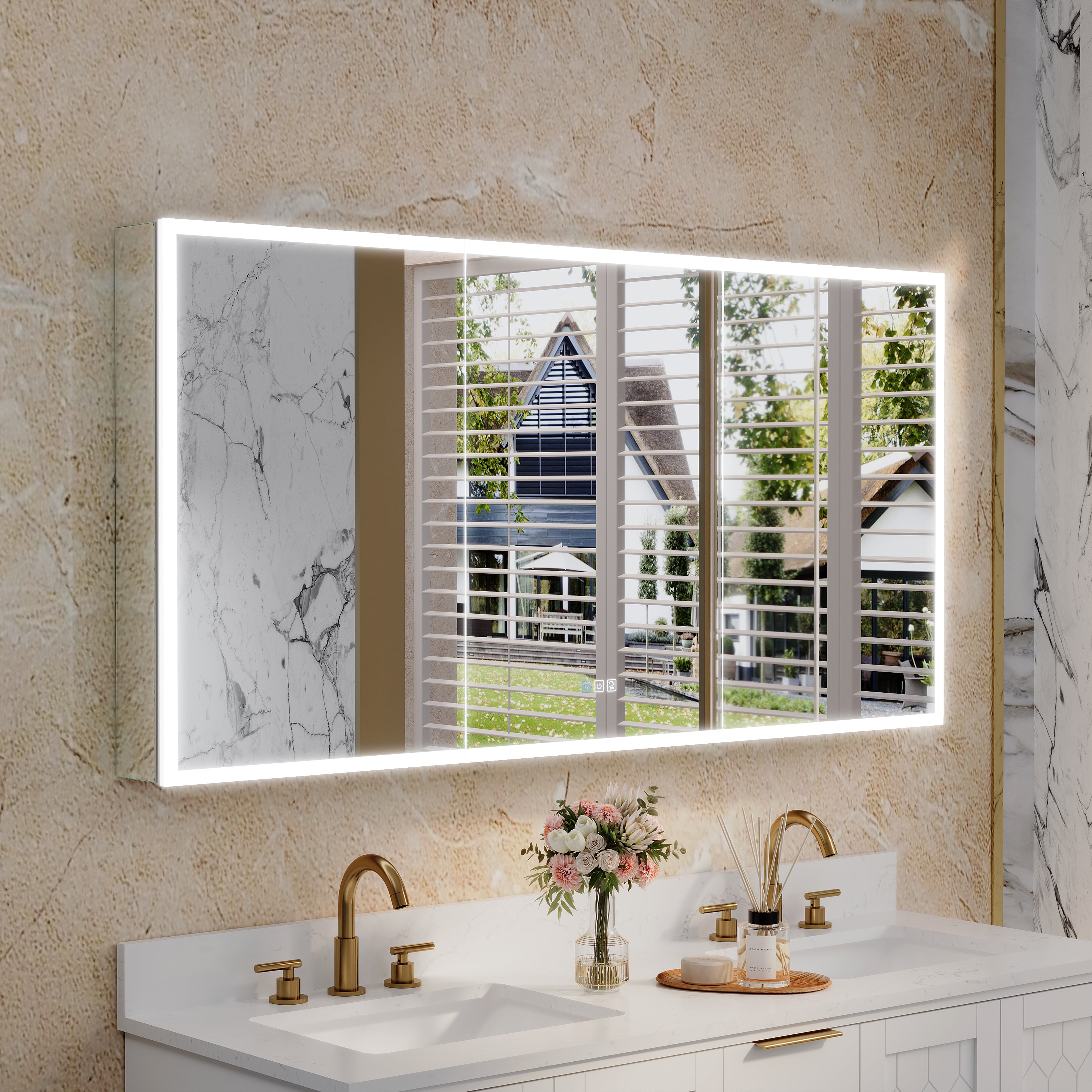

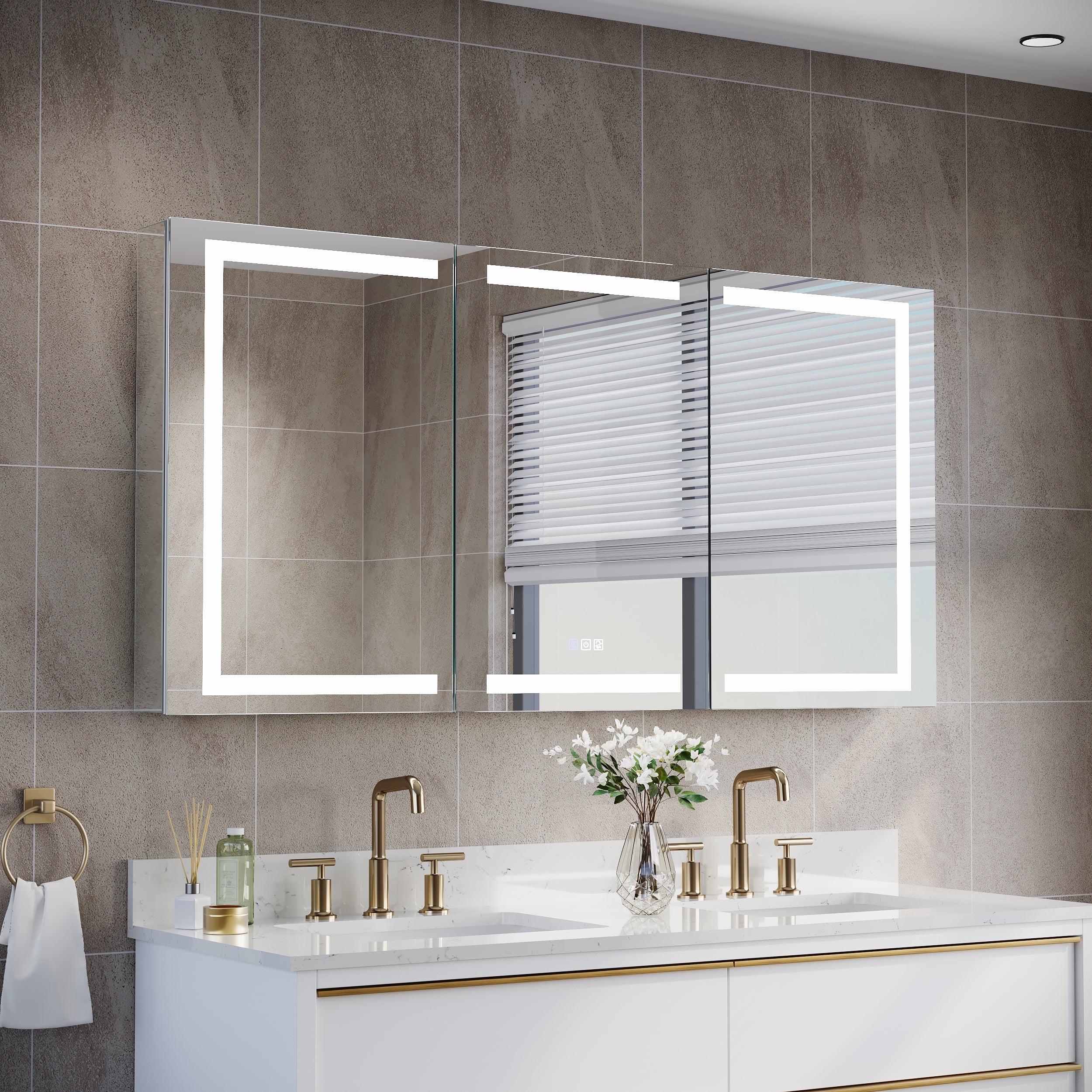


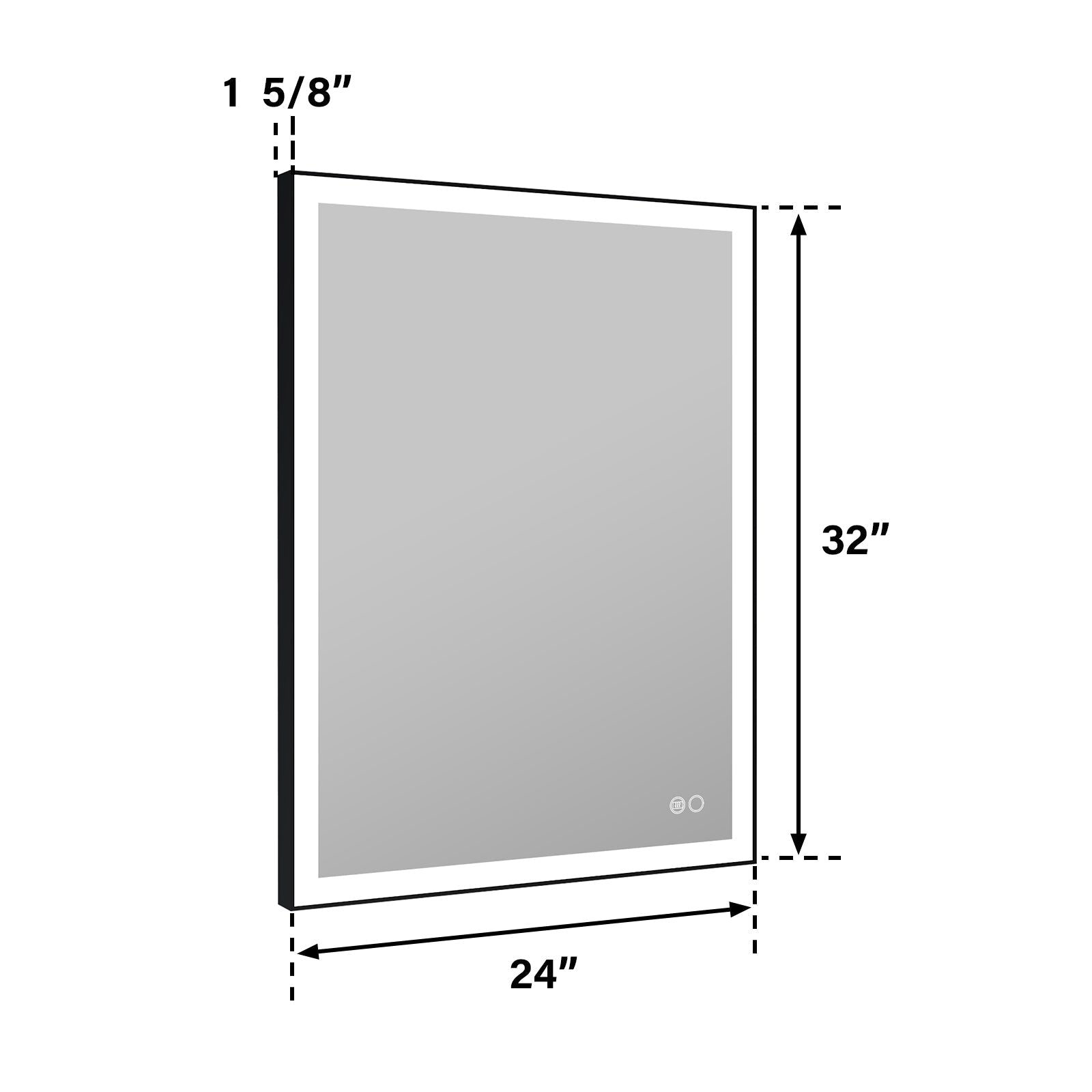
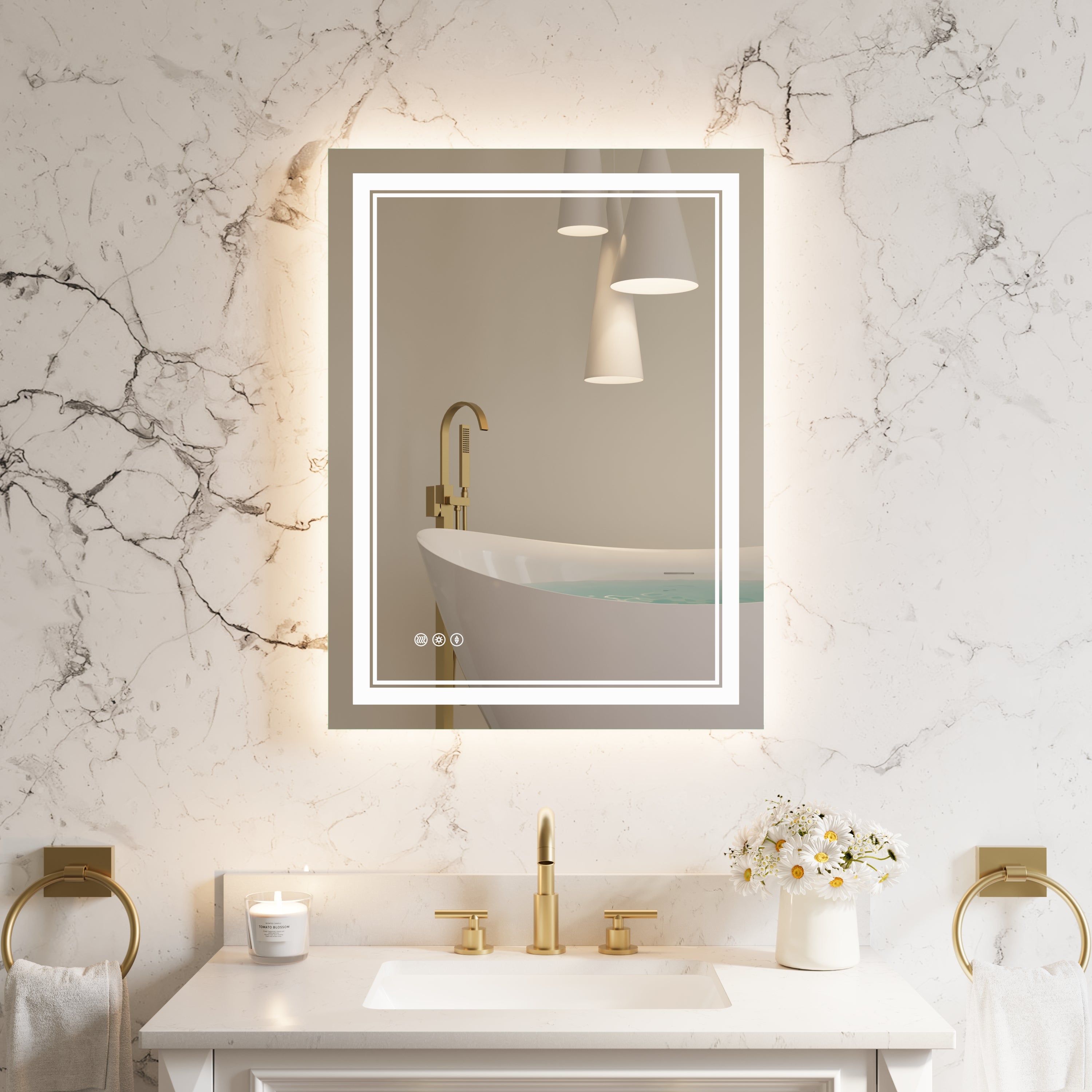
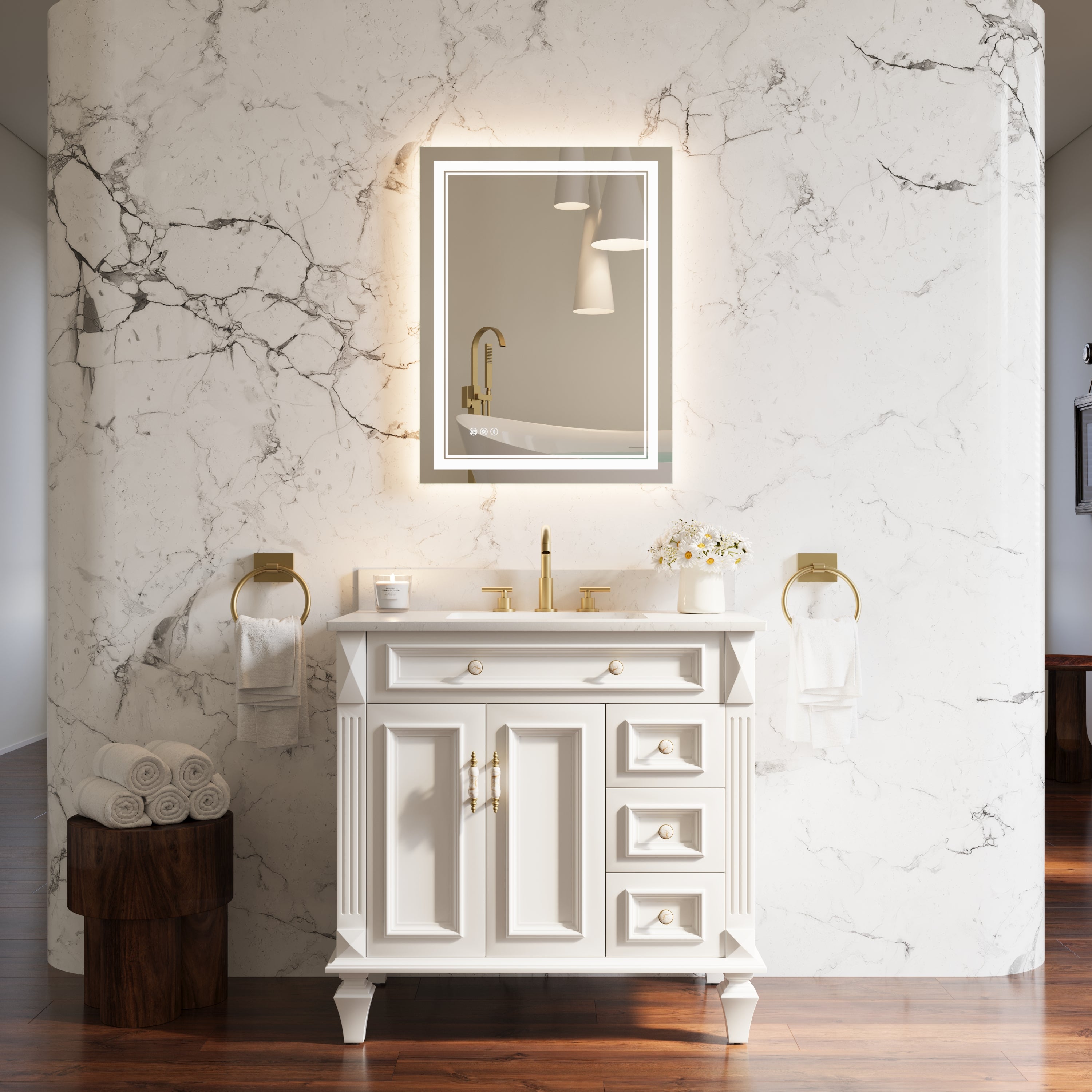
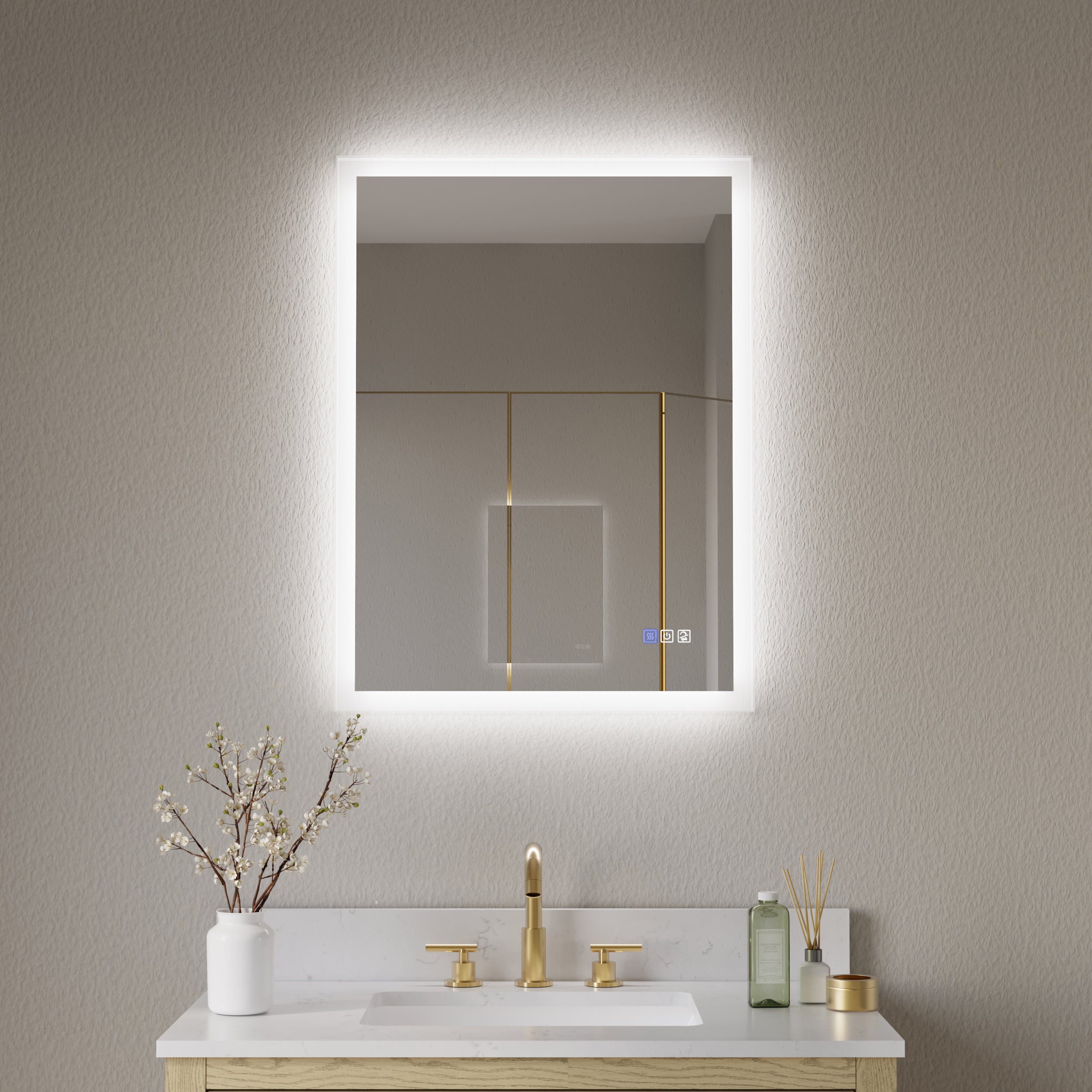

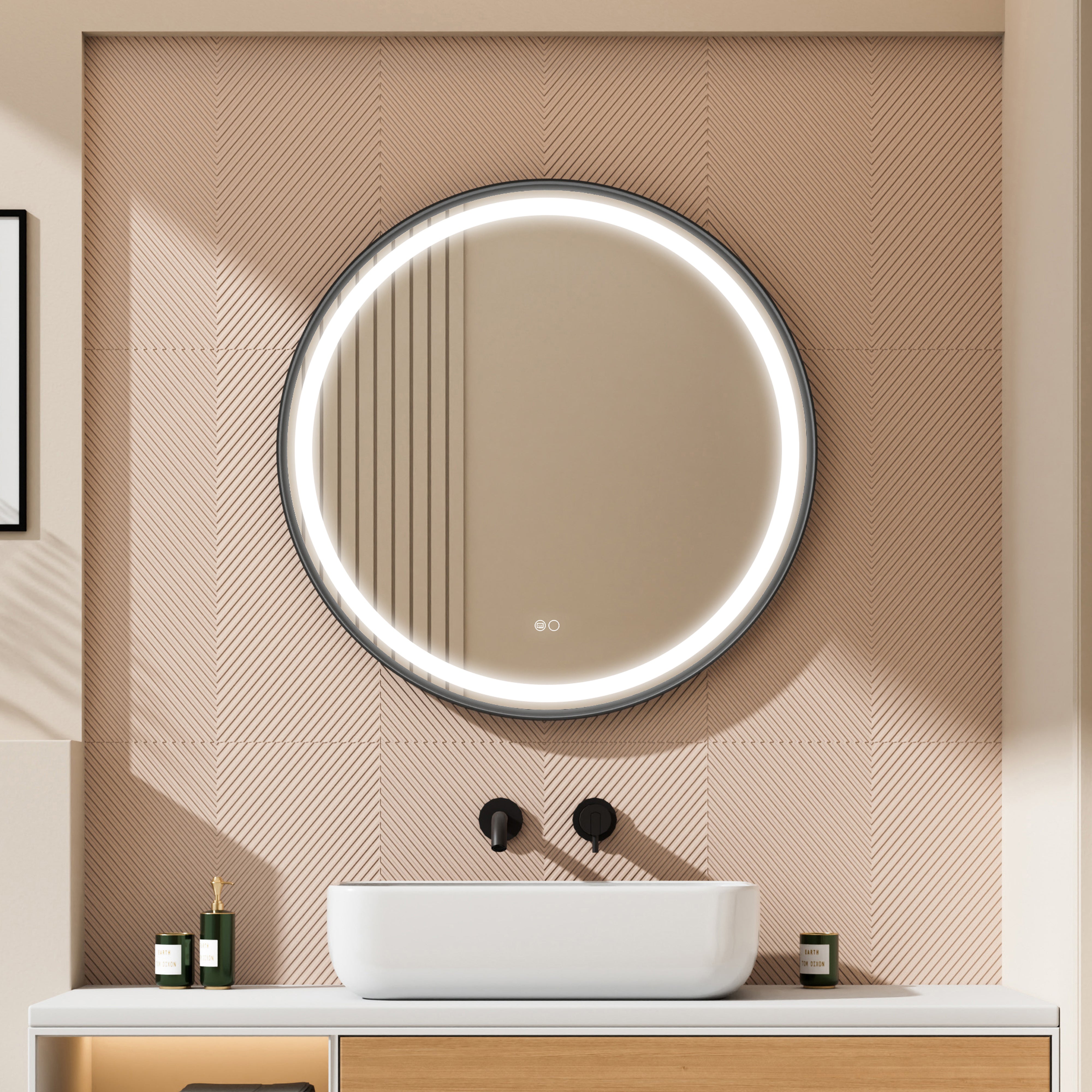
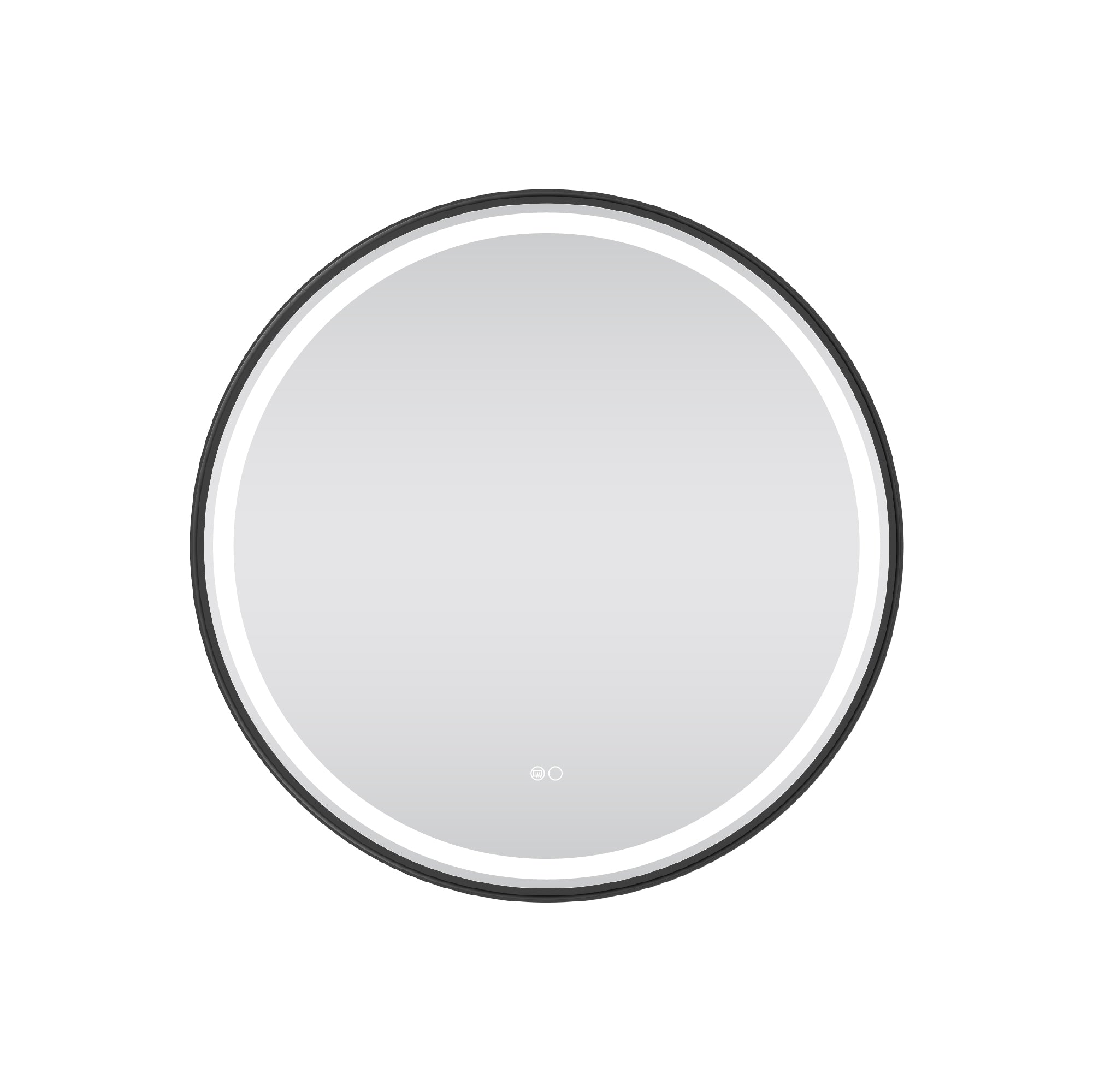


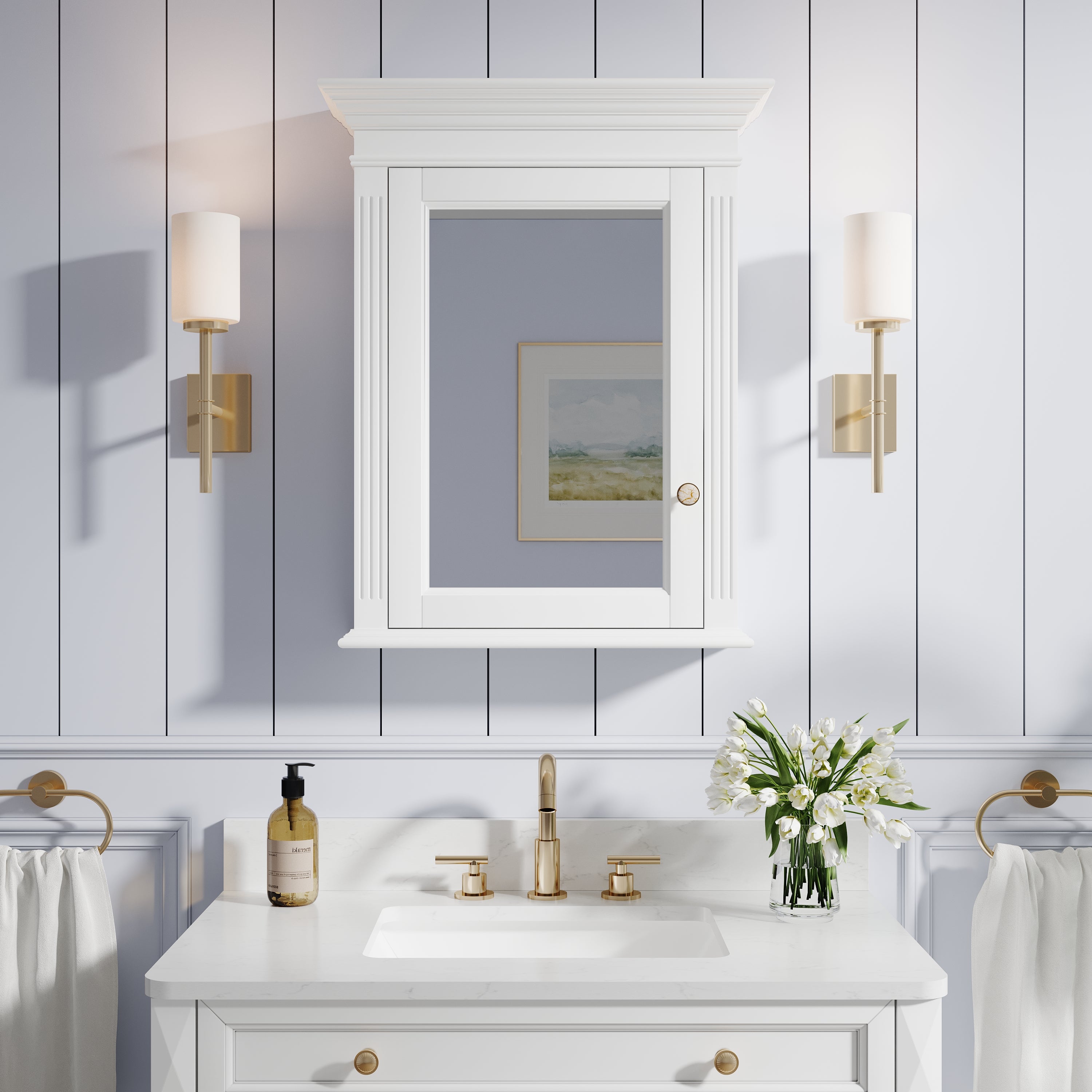
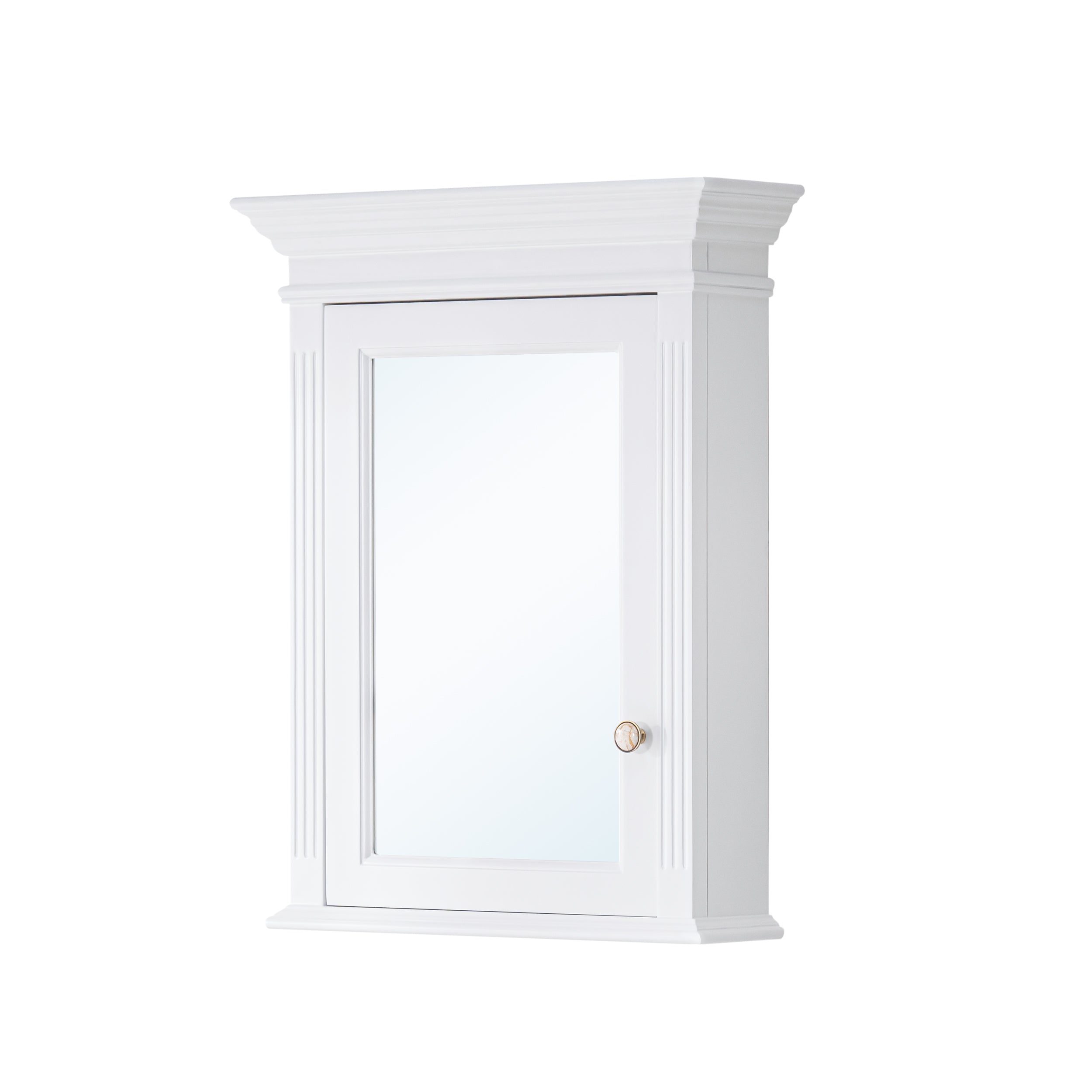
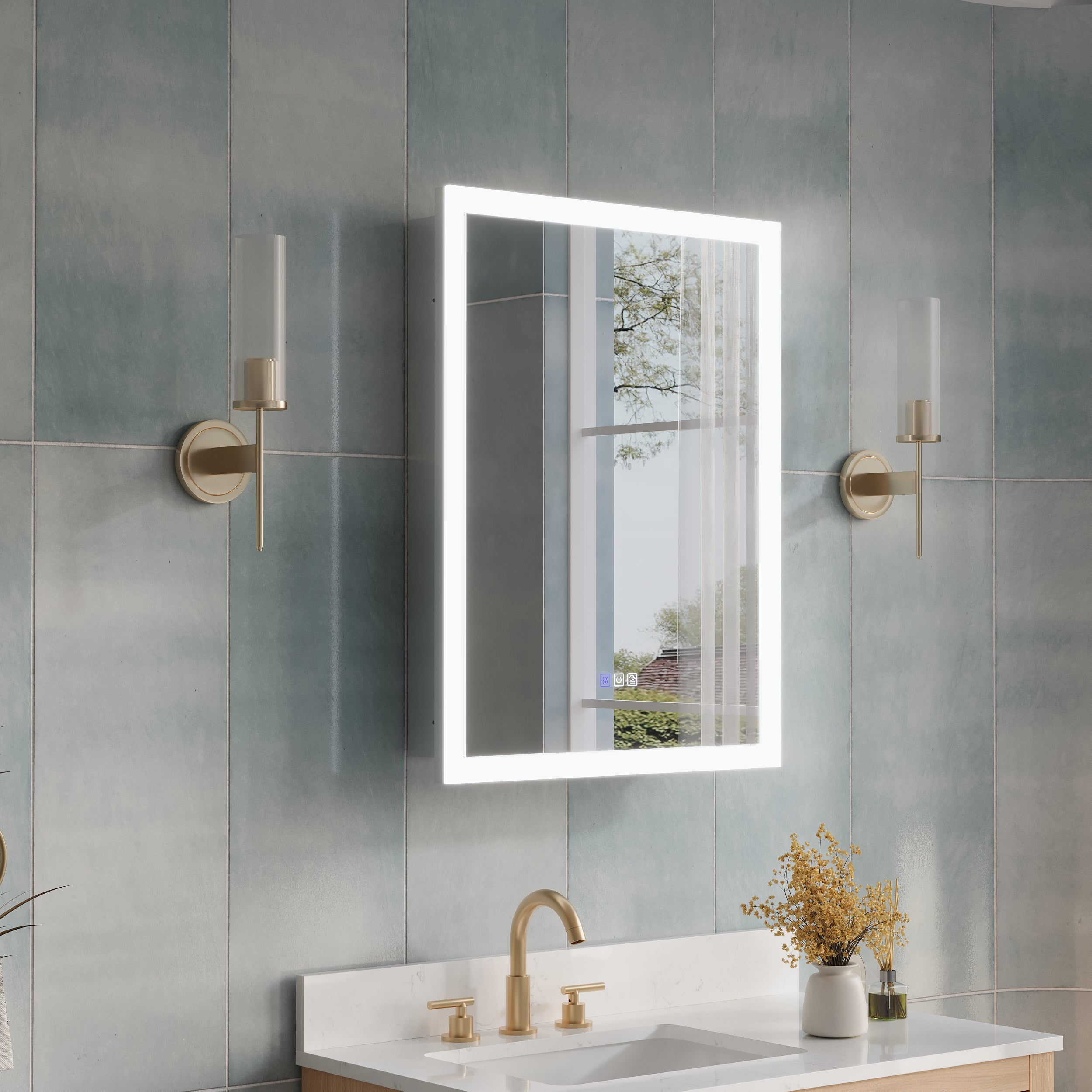
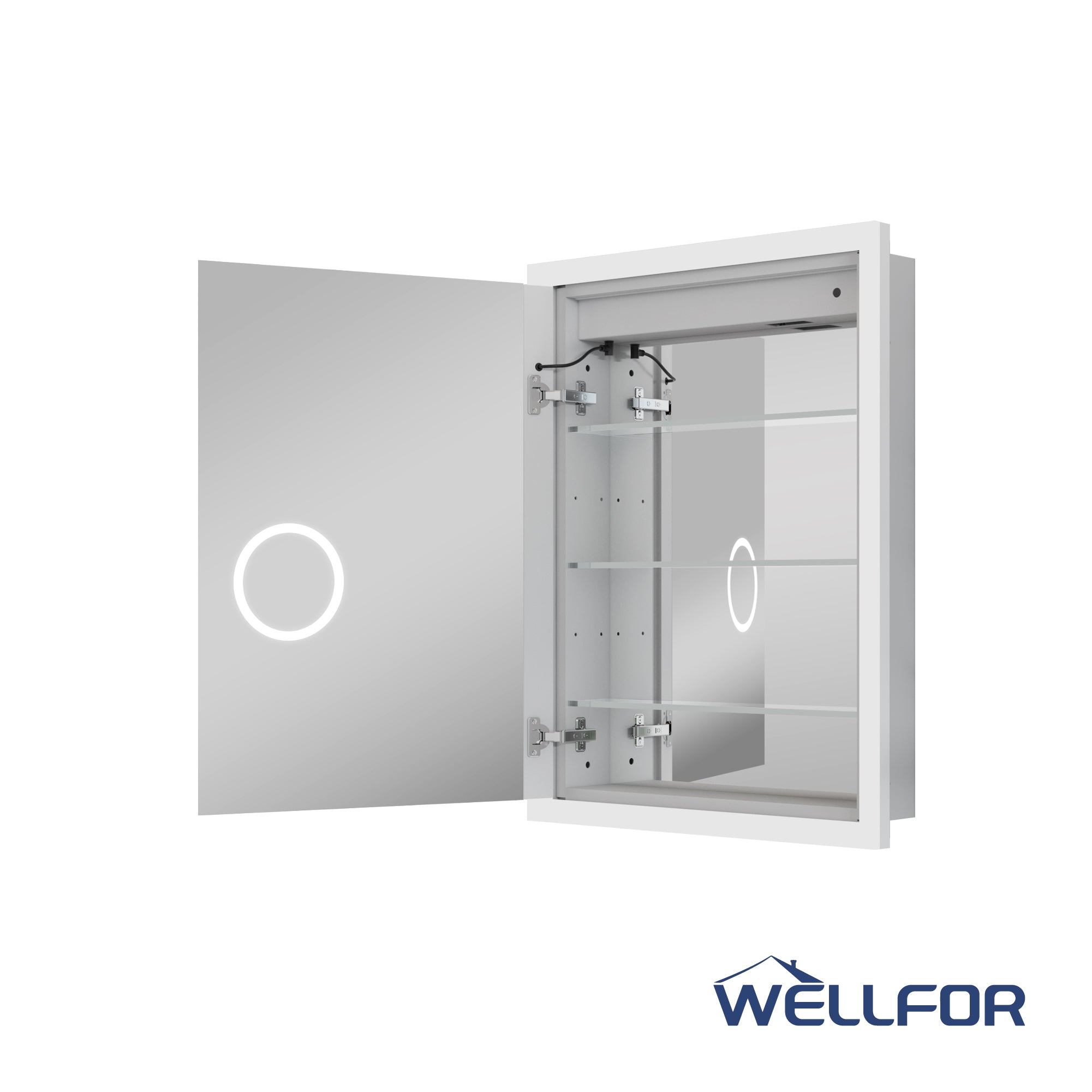
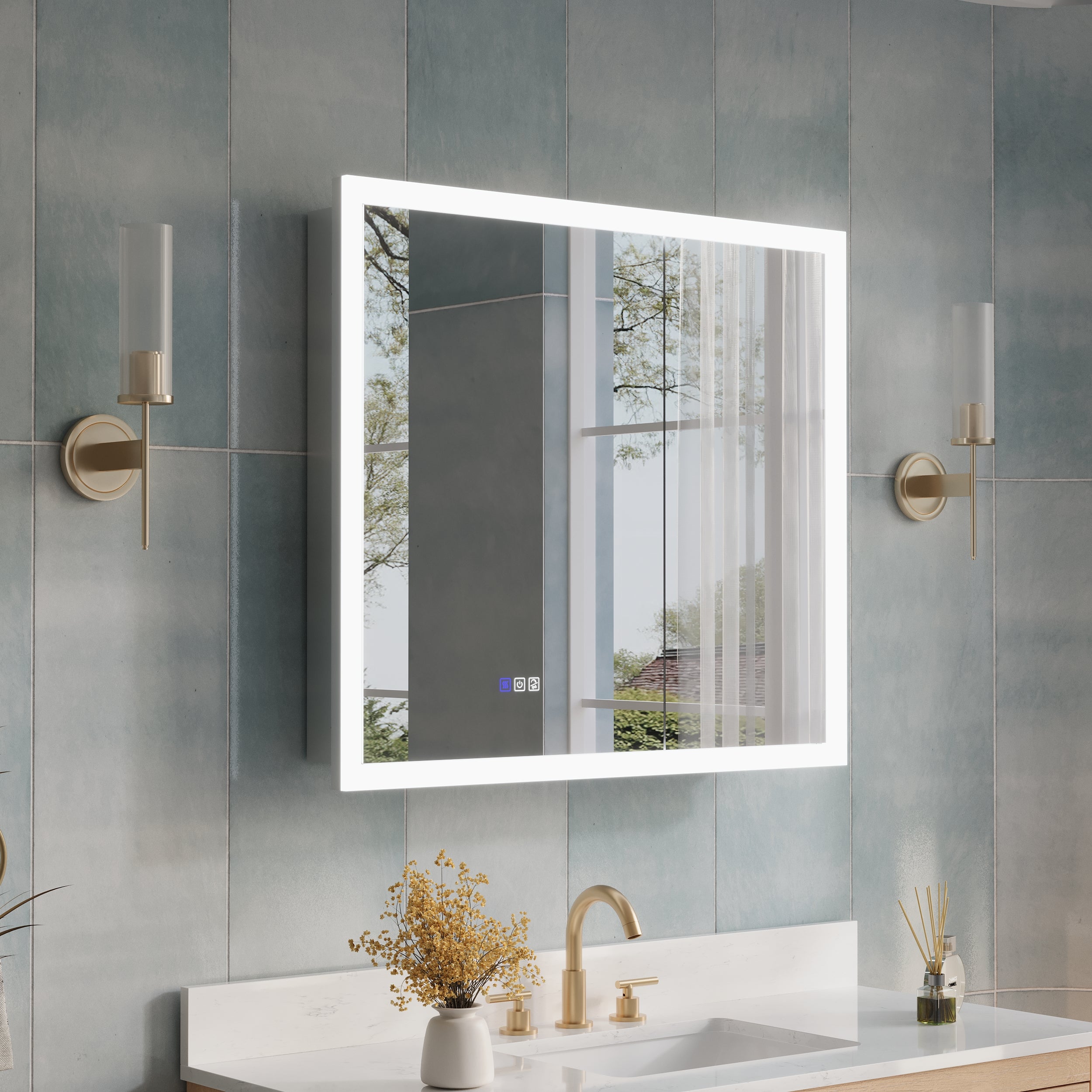




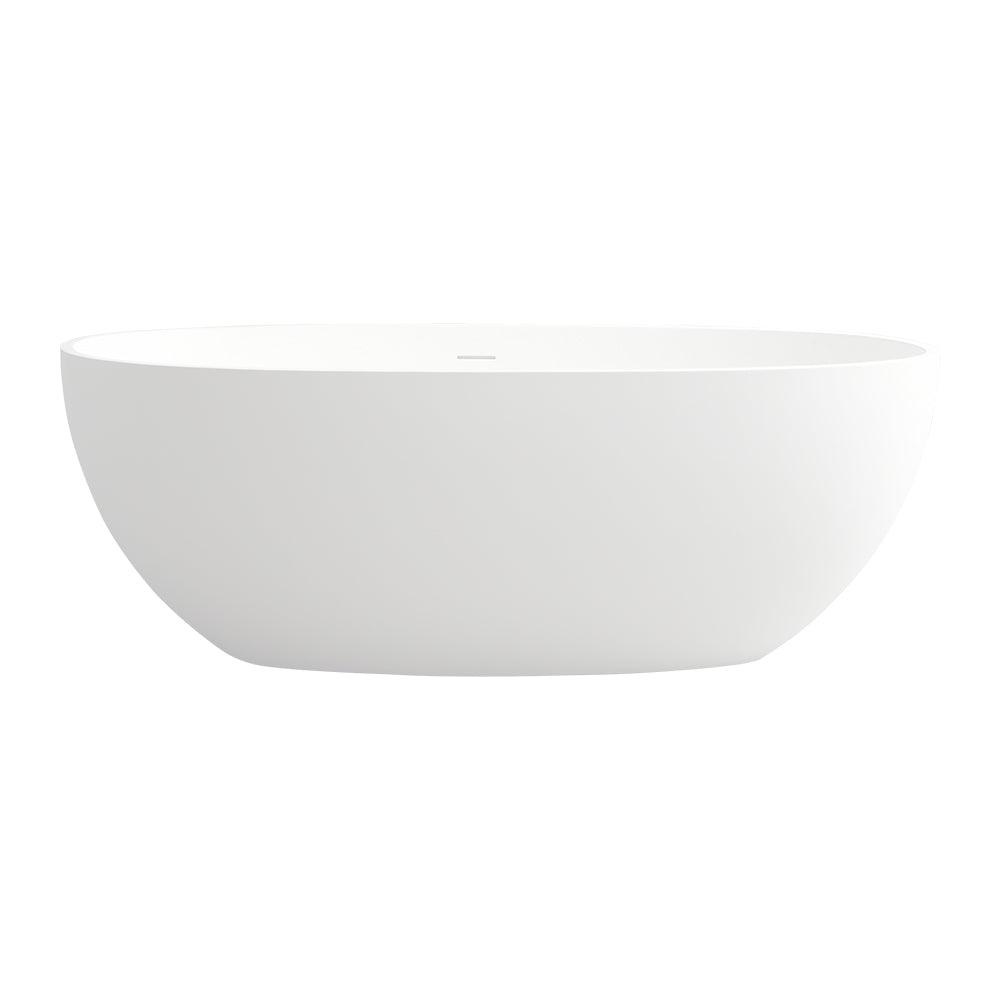
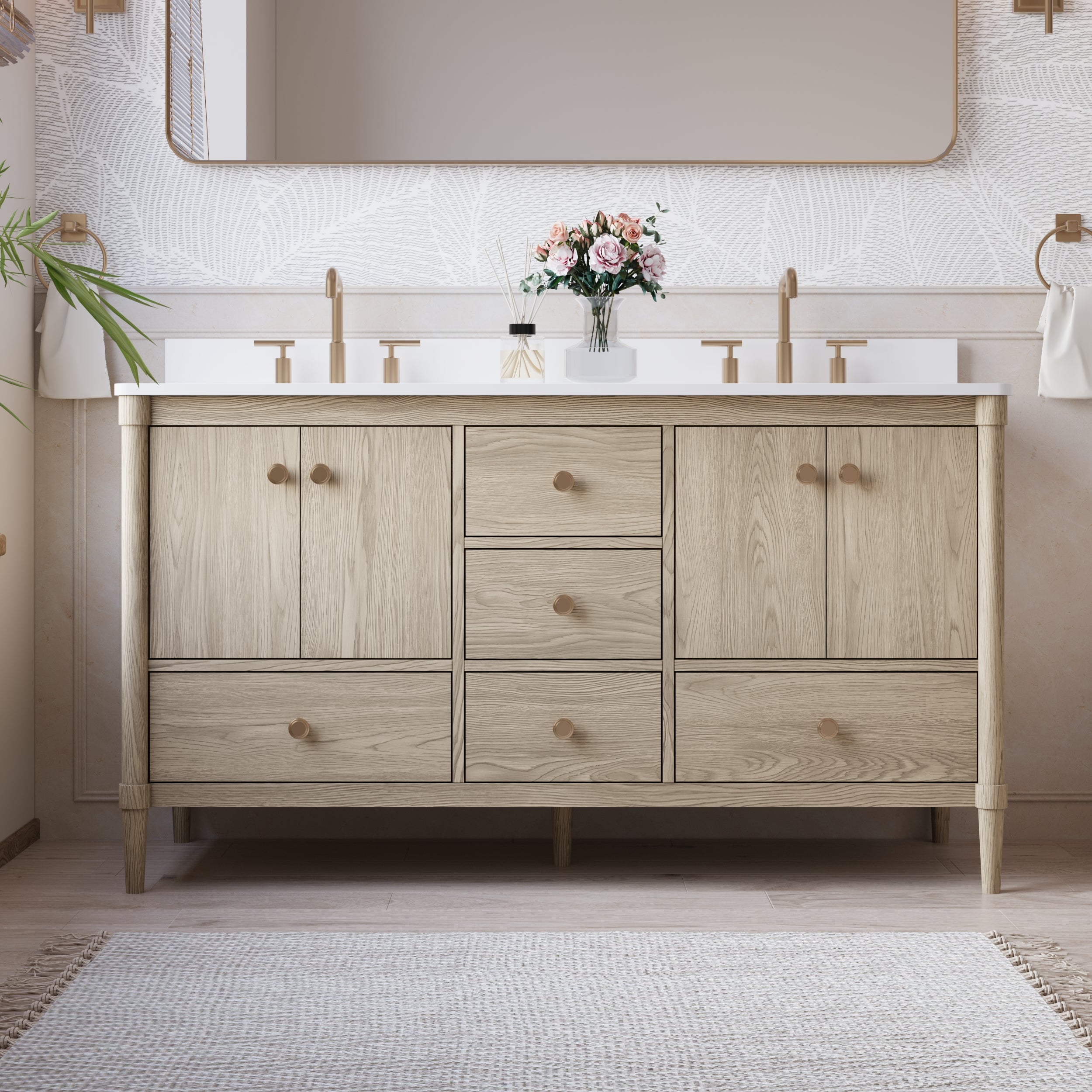
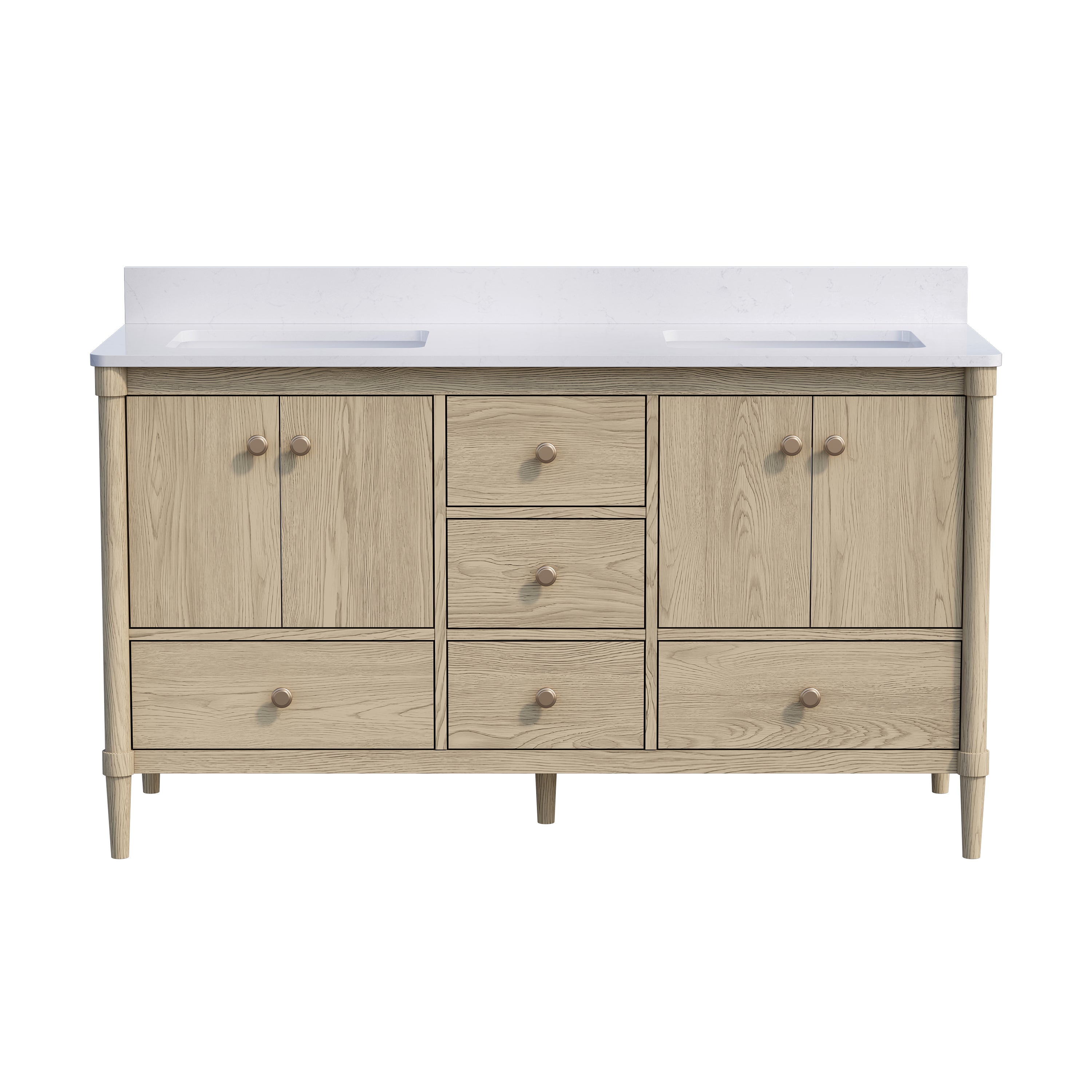
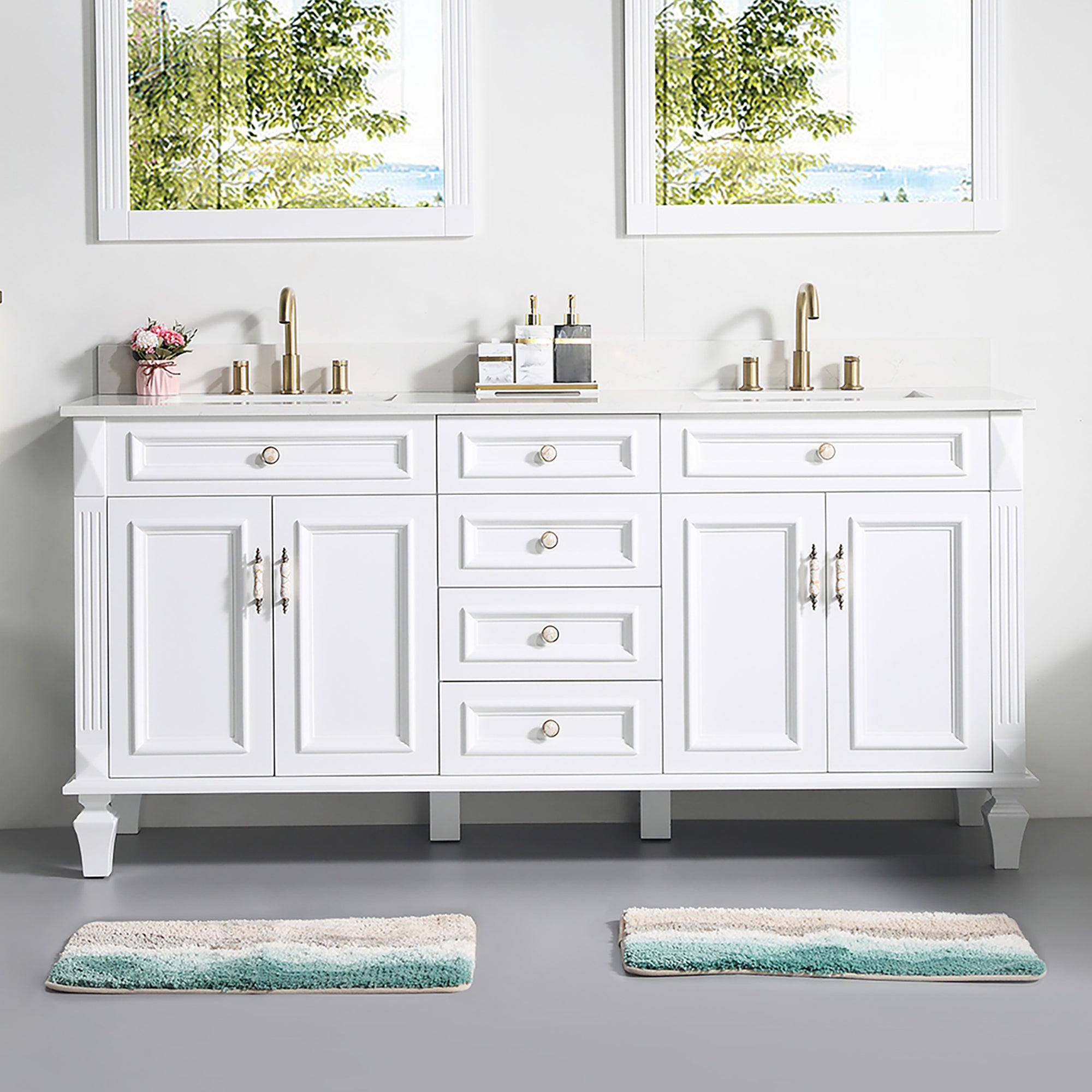

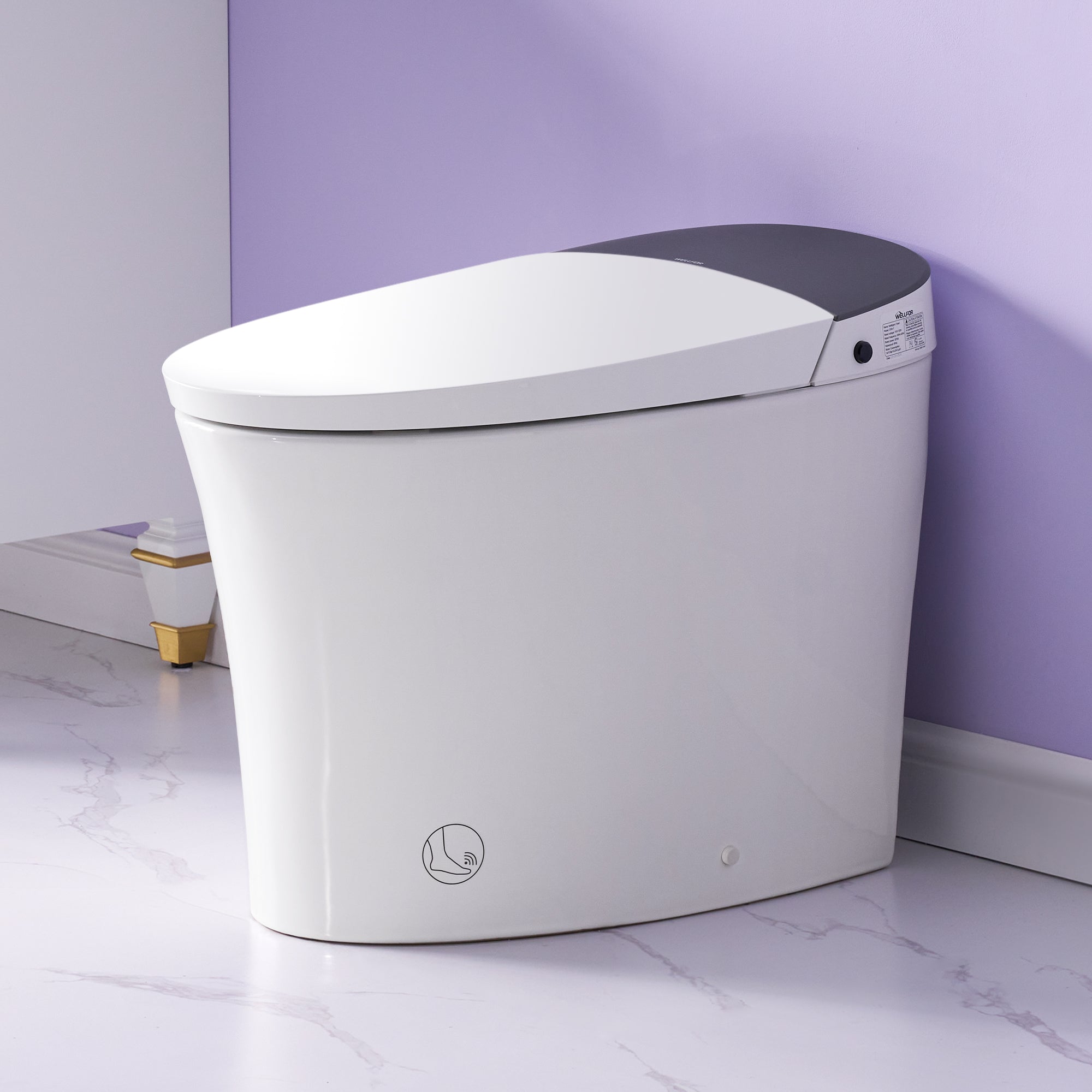
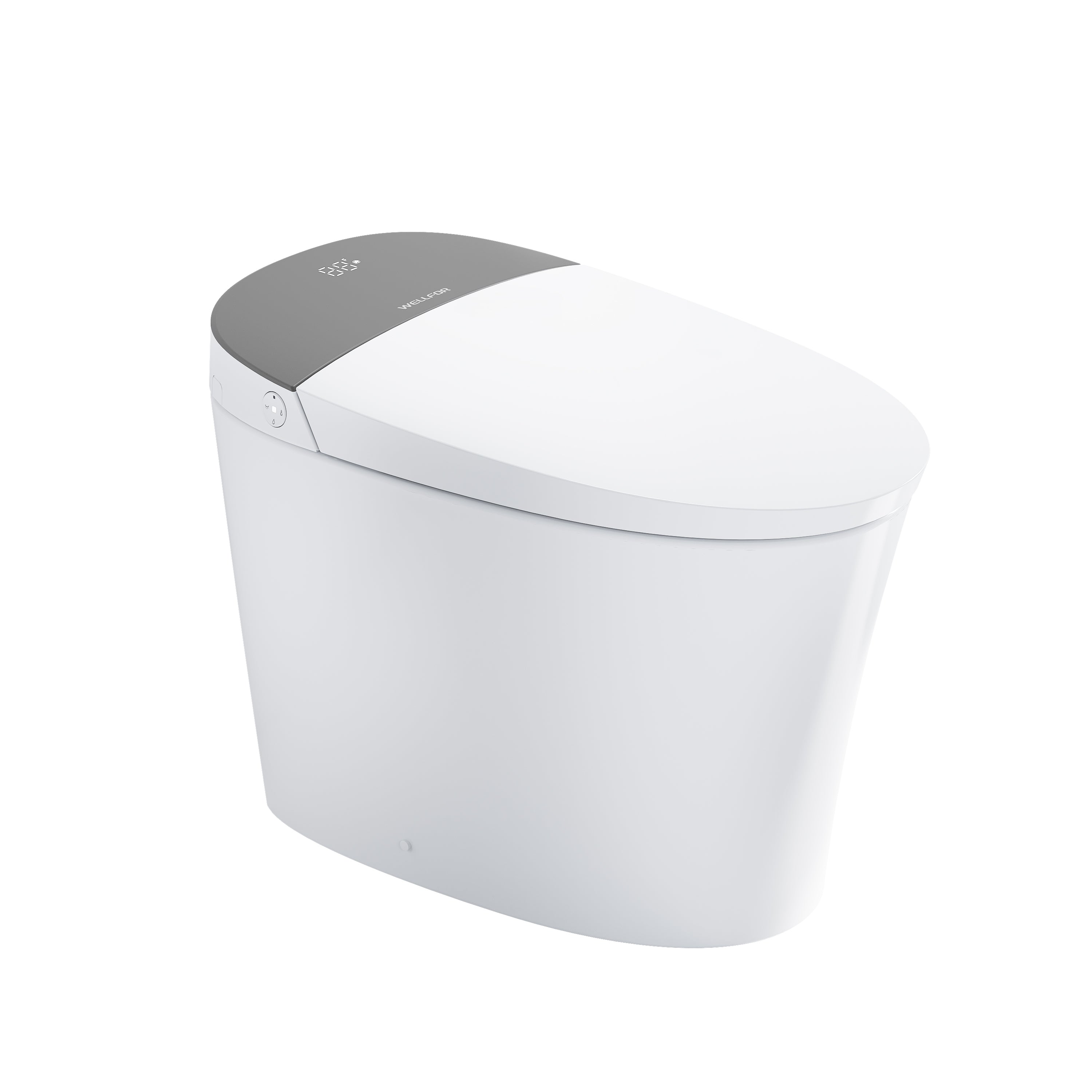

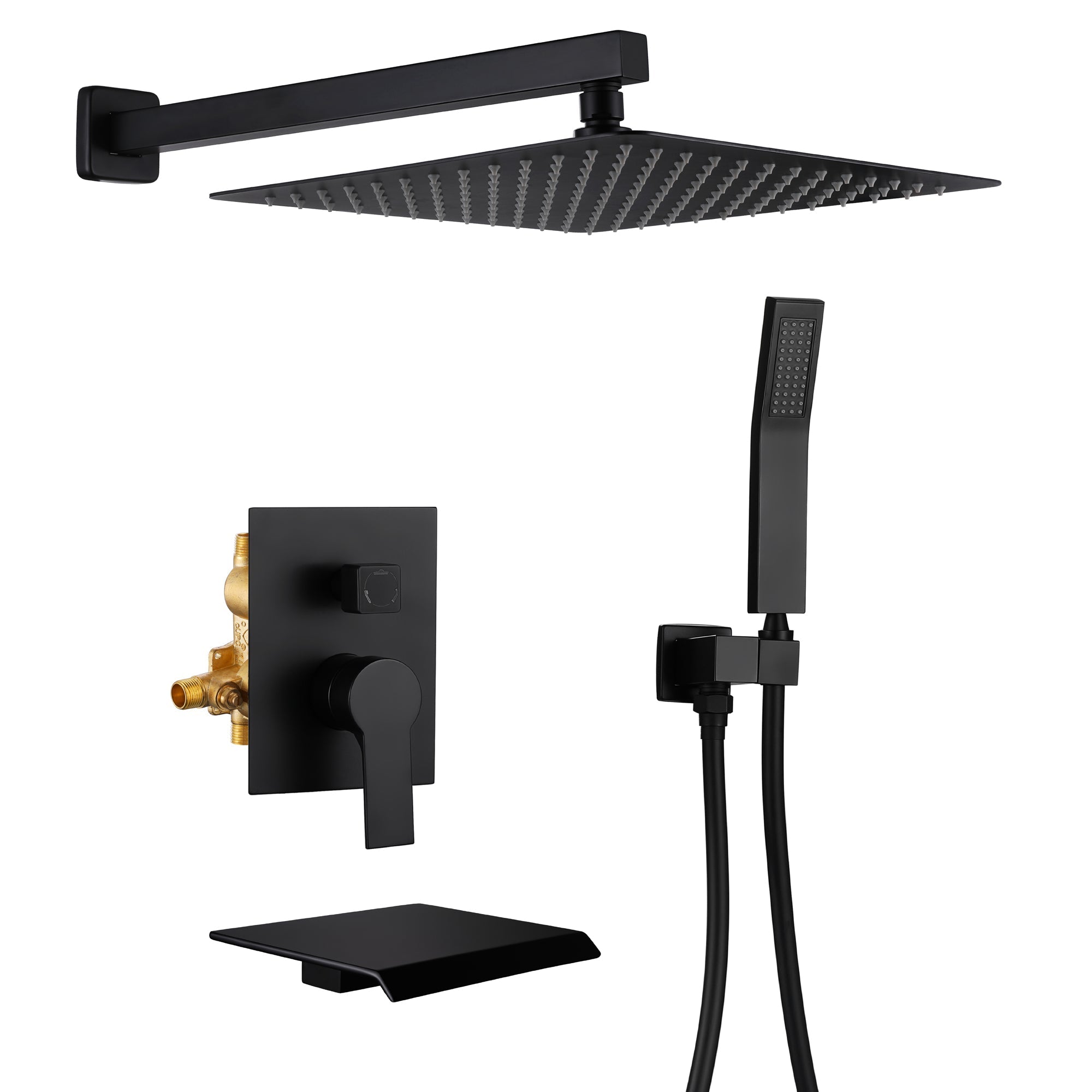
Leave a comment
This site is protected by hCaptcha and the hCaptcha Privacy Policy and Terms of Service apply.